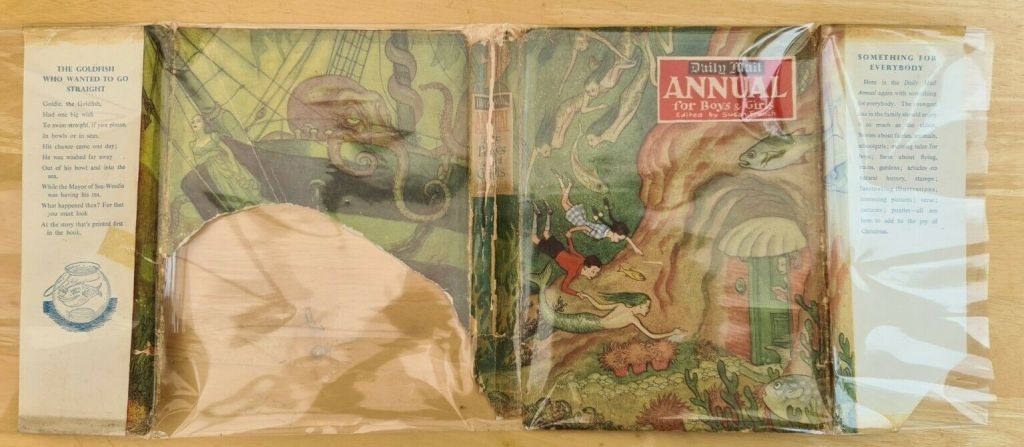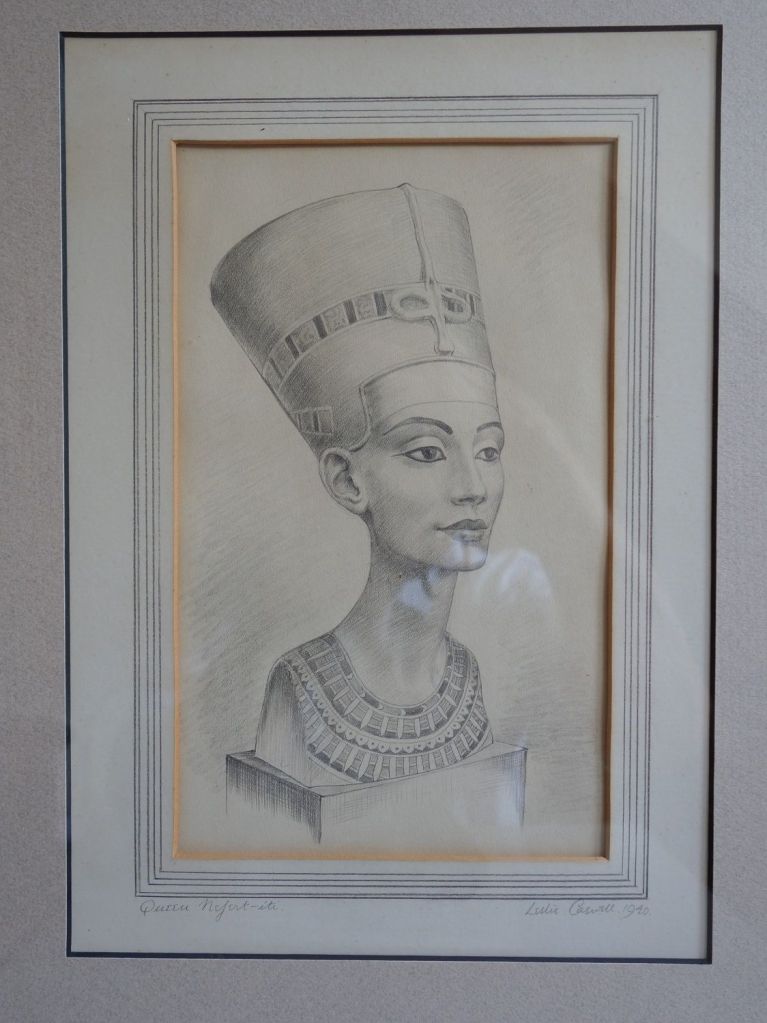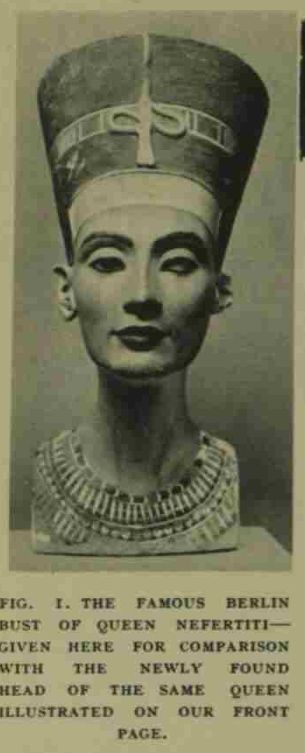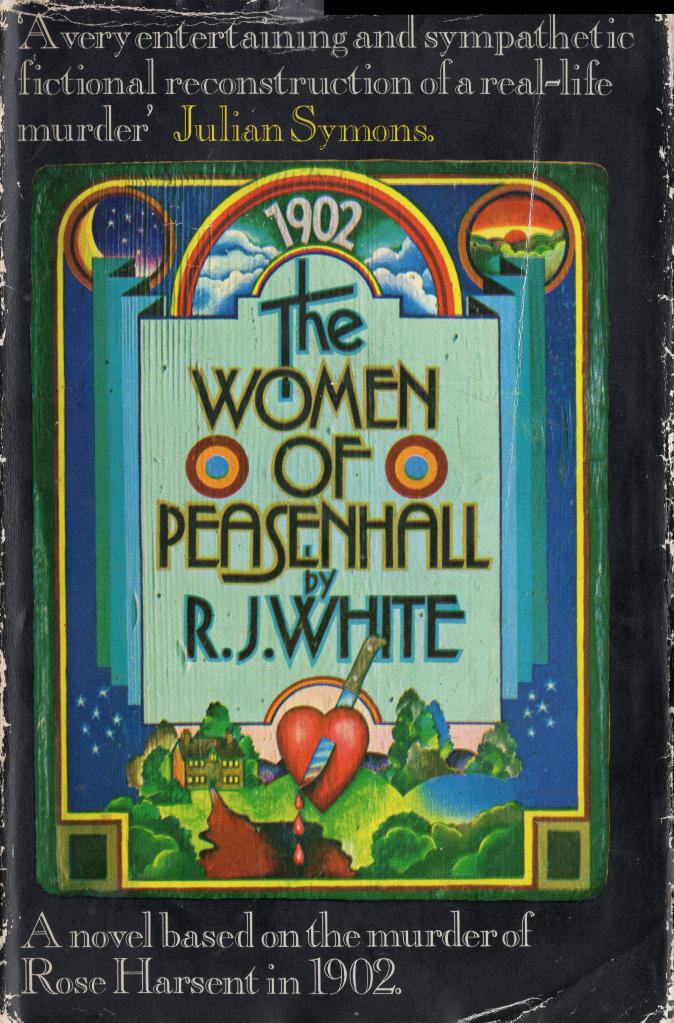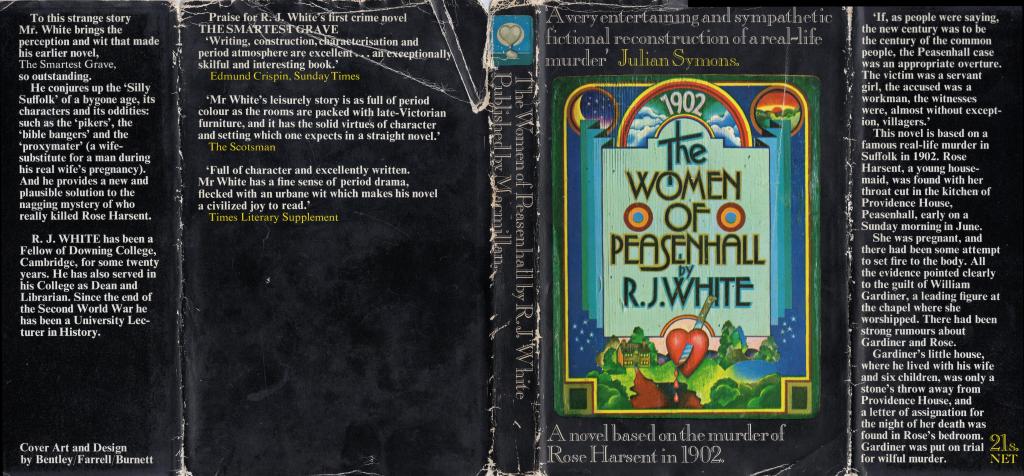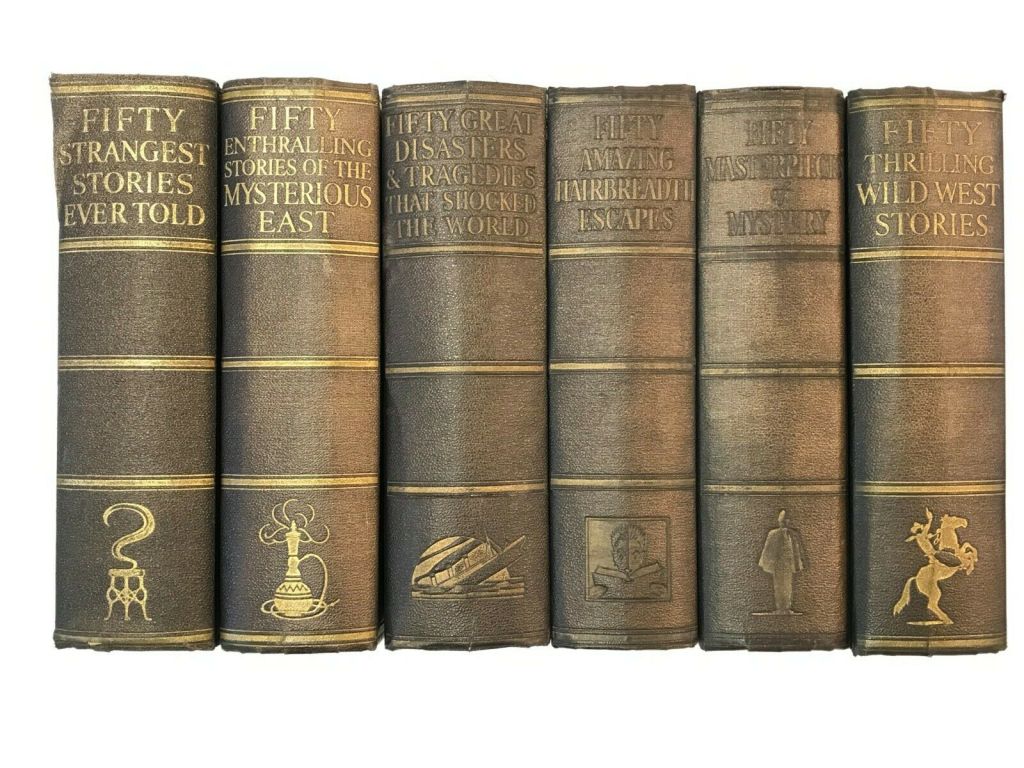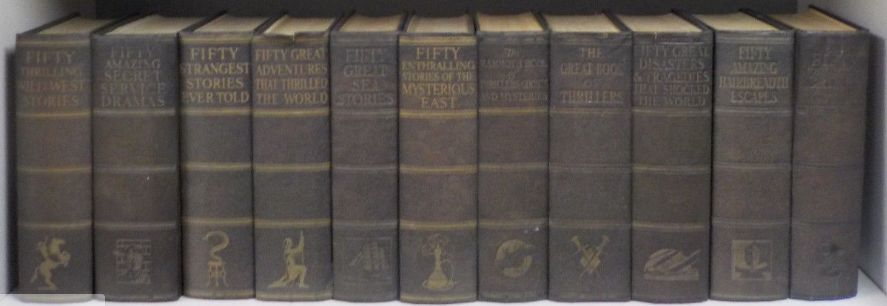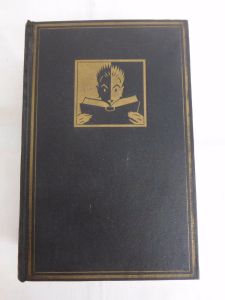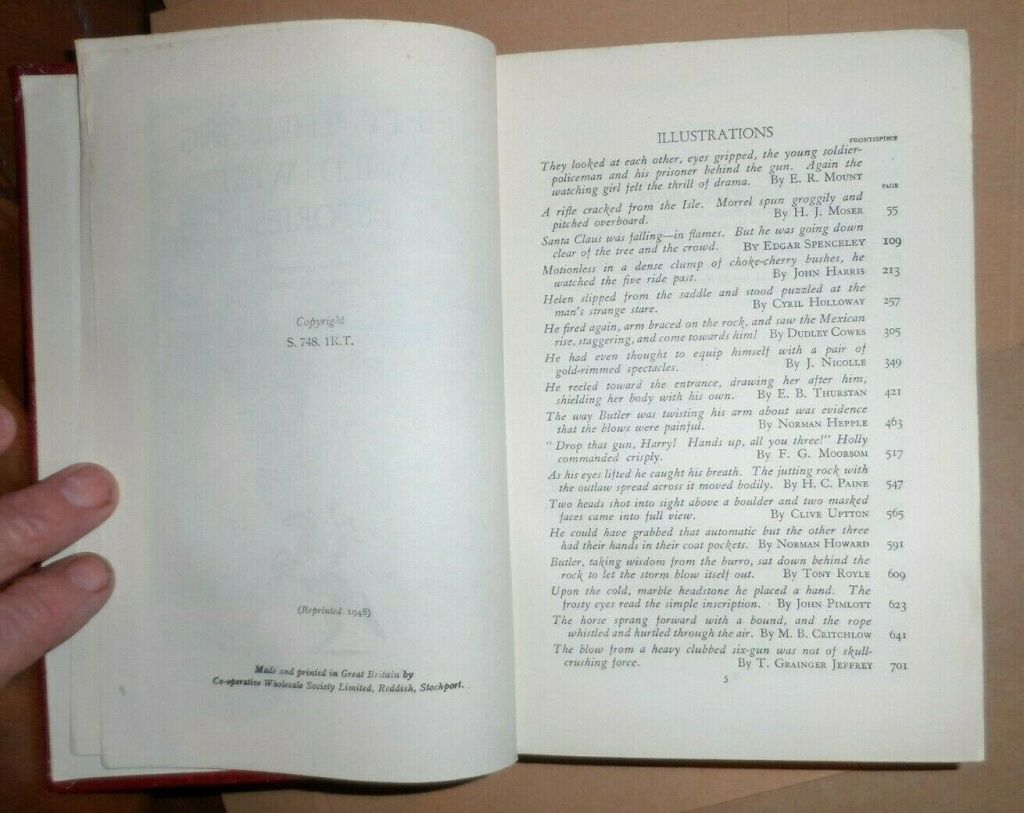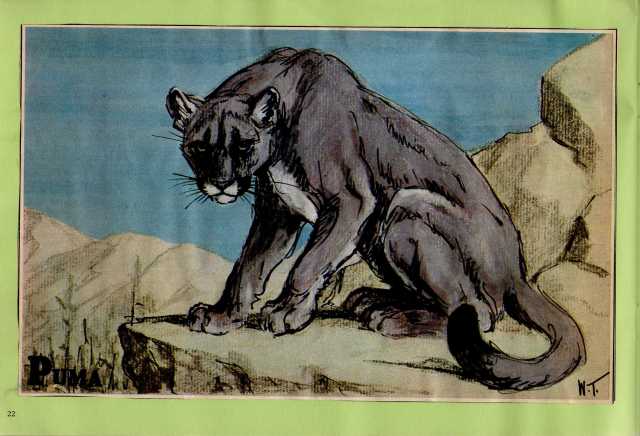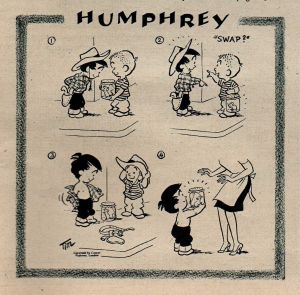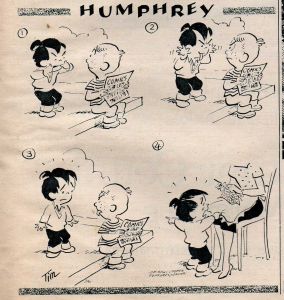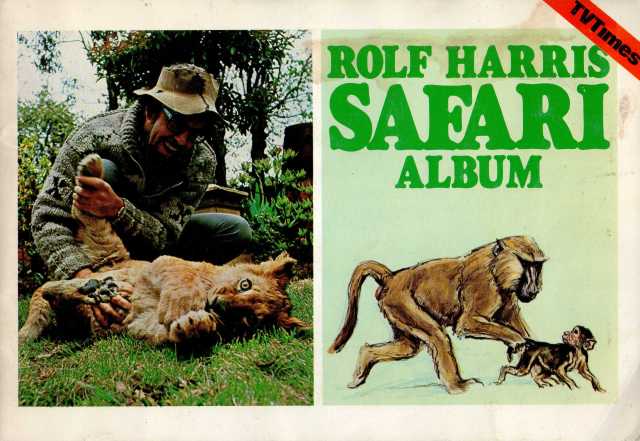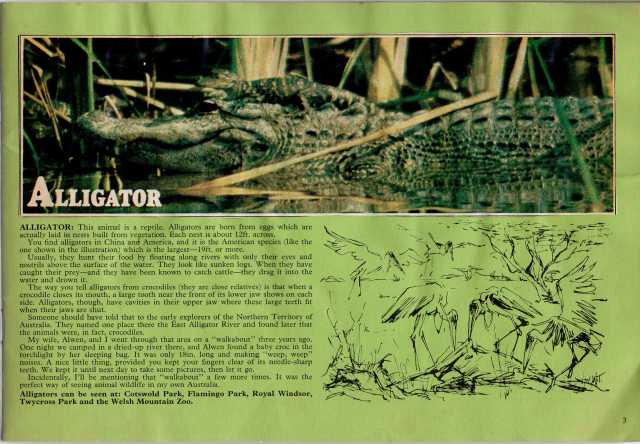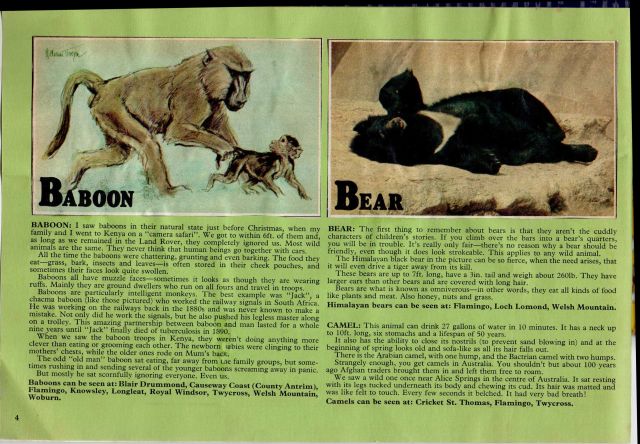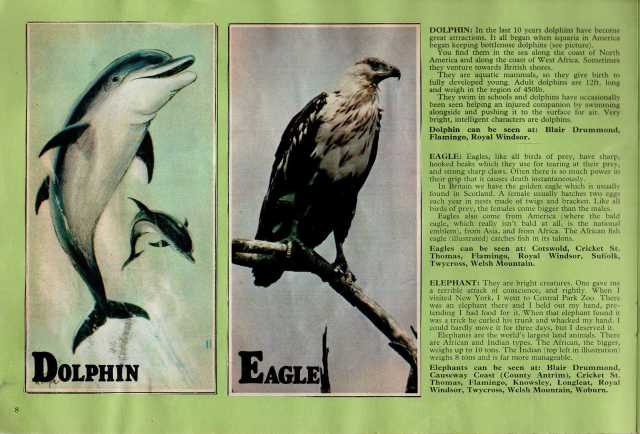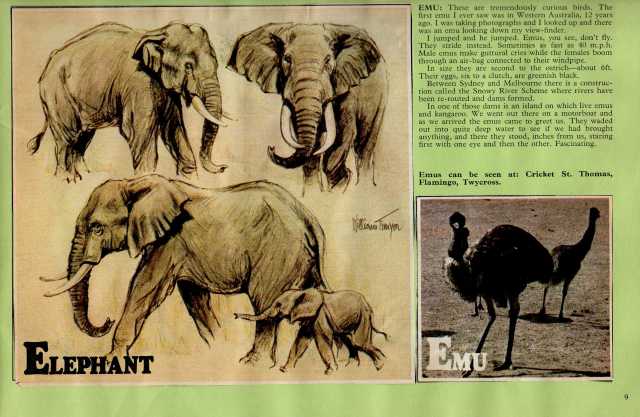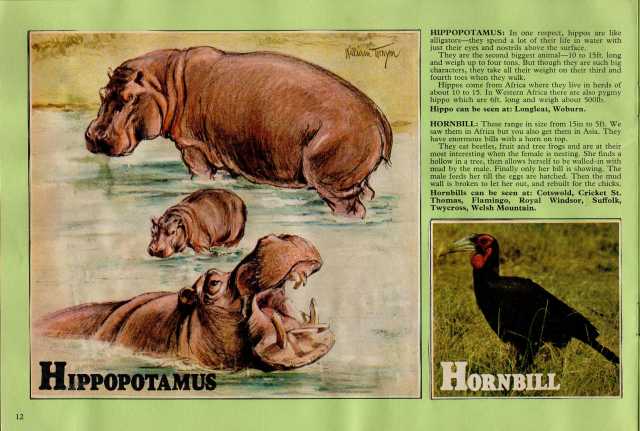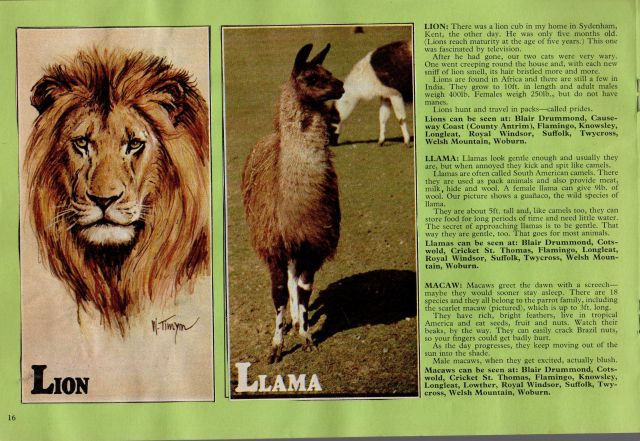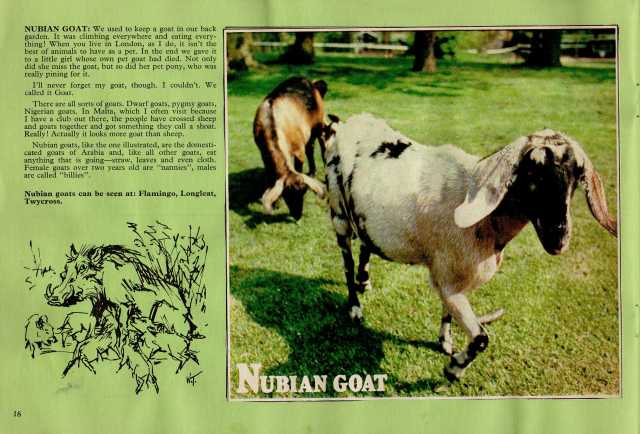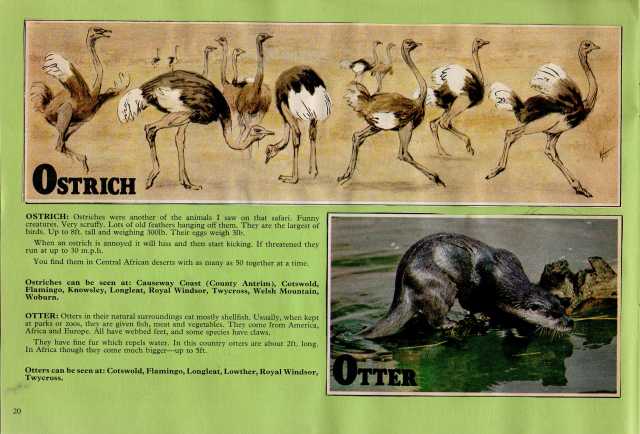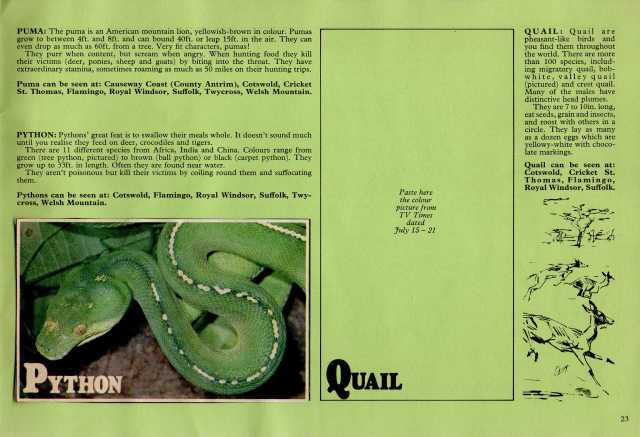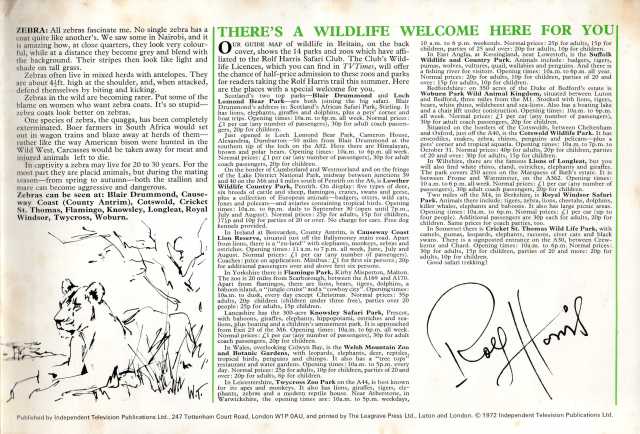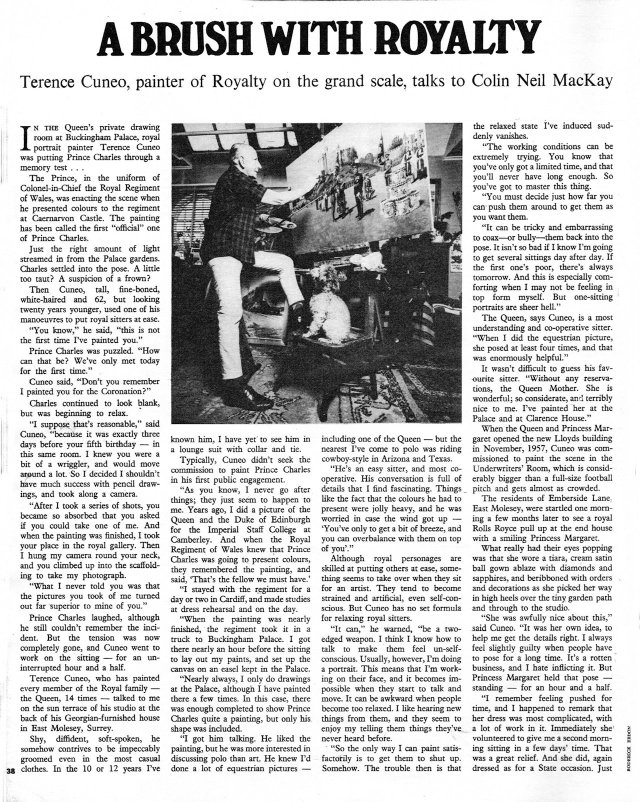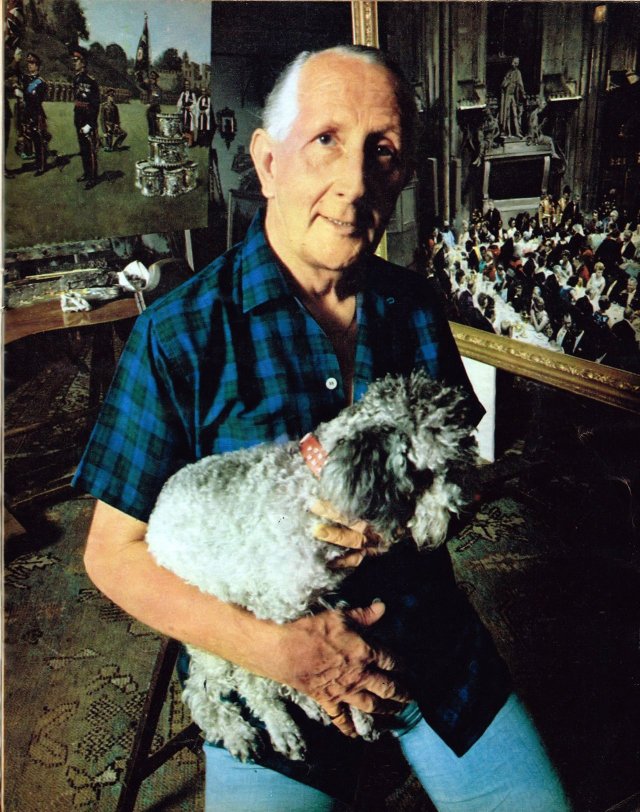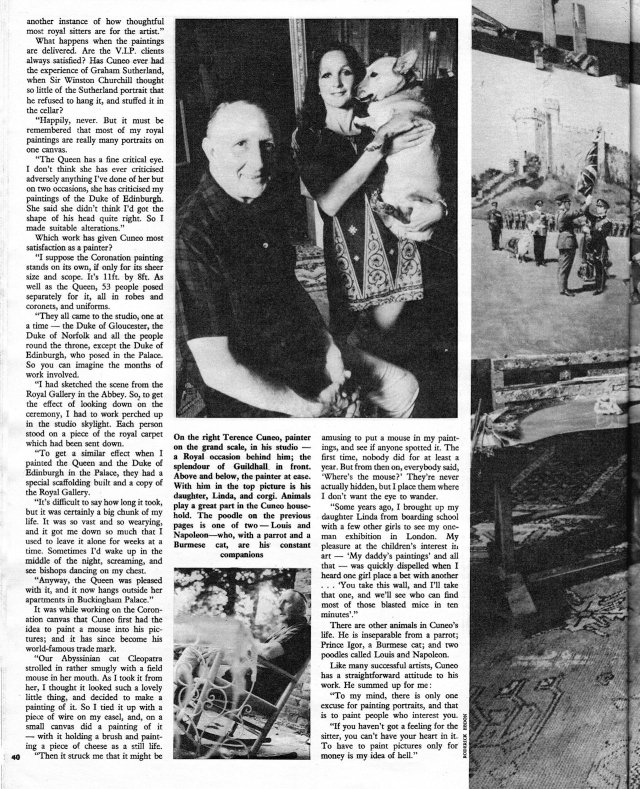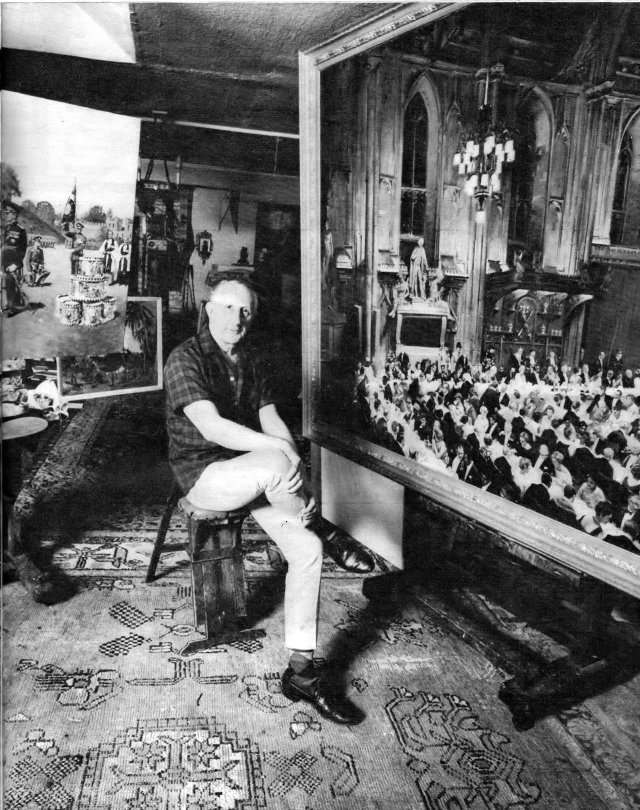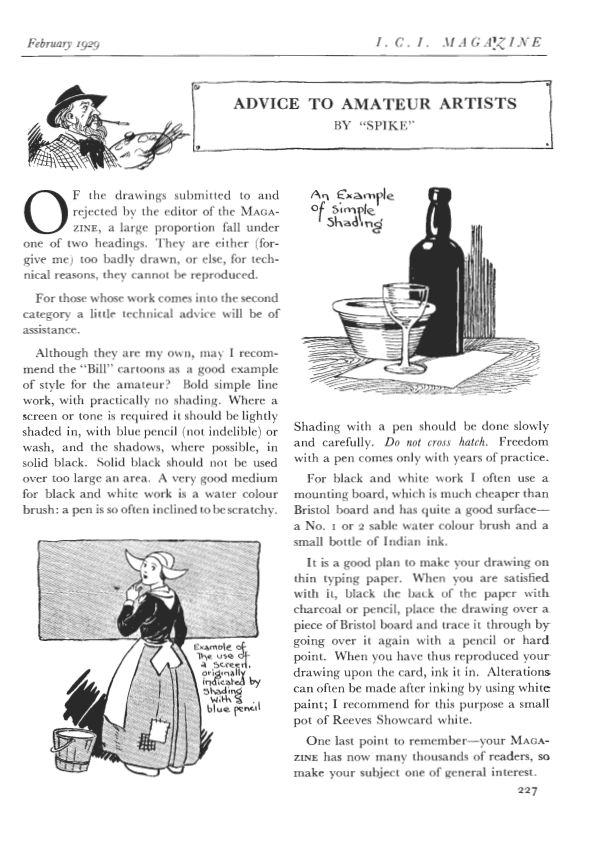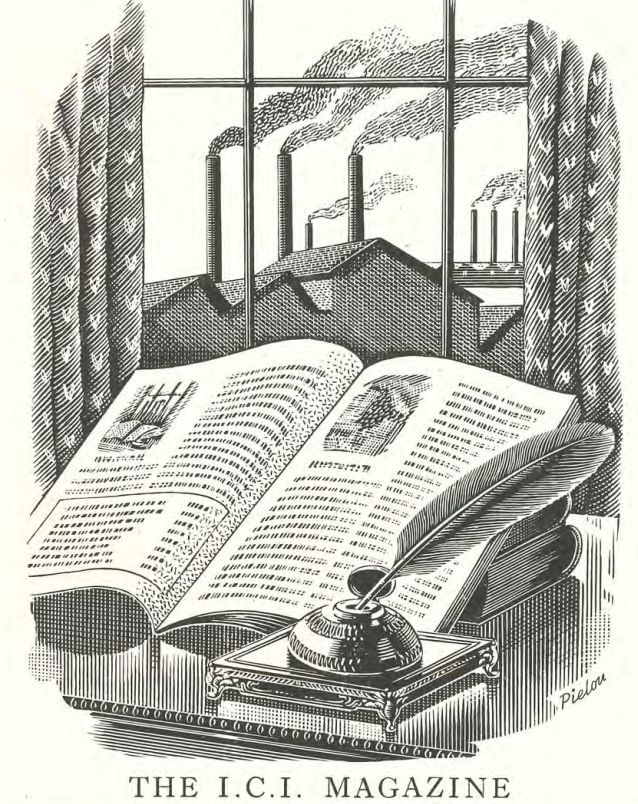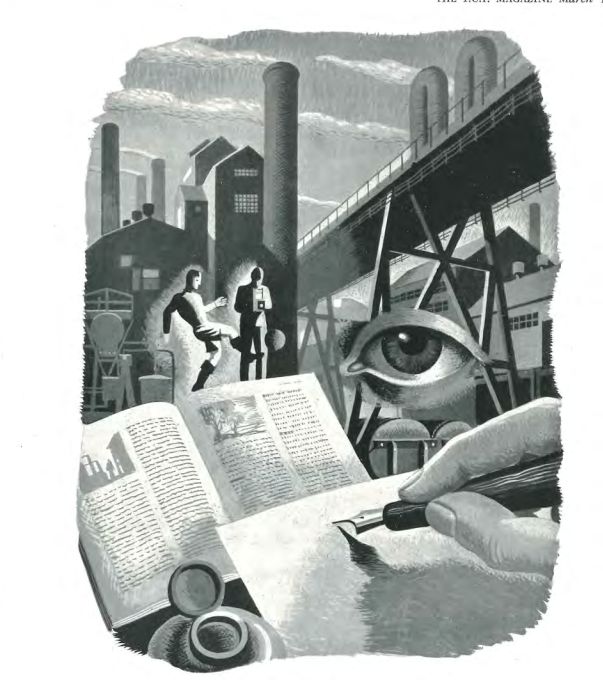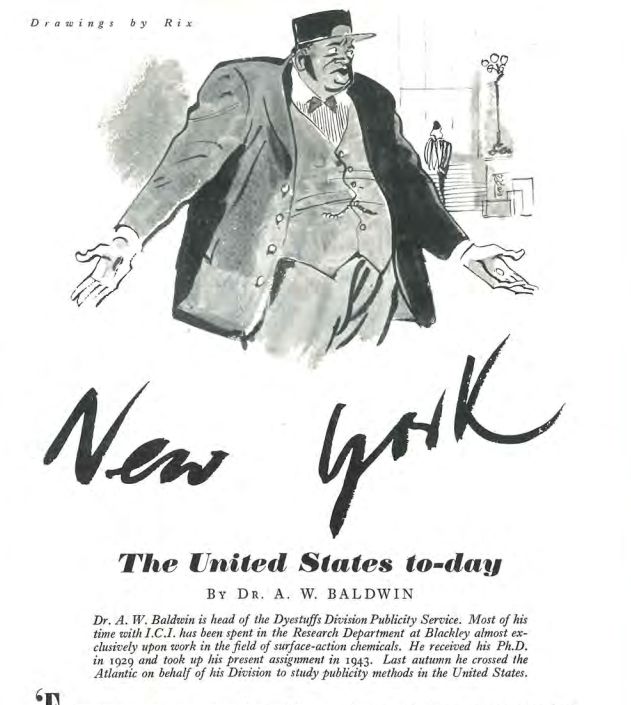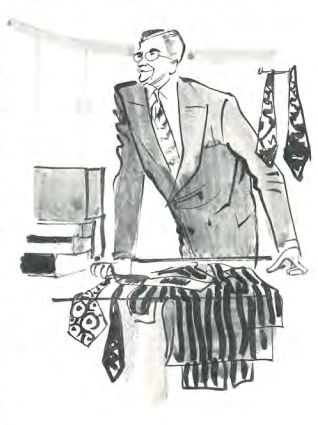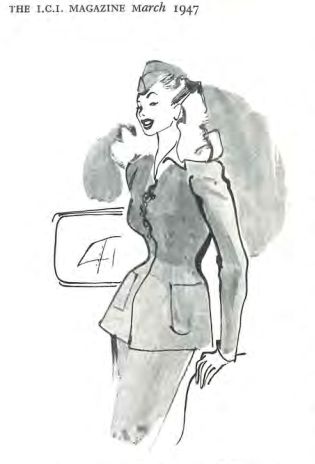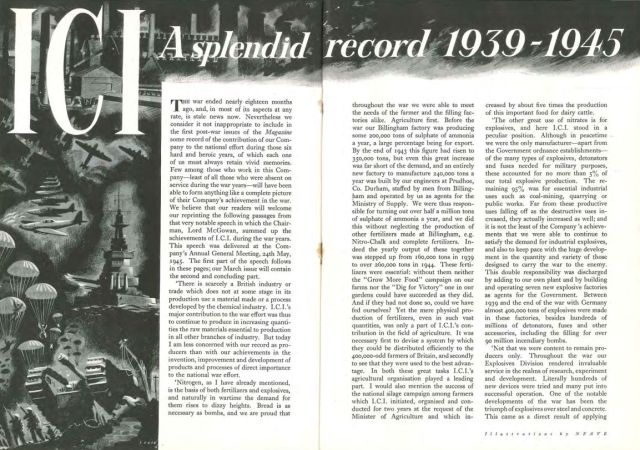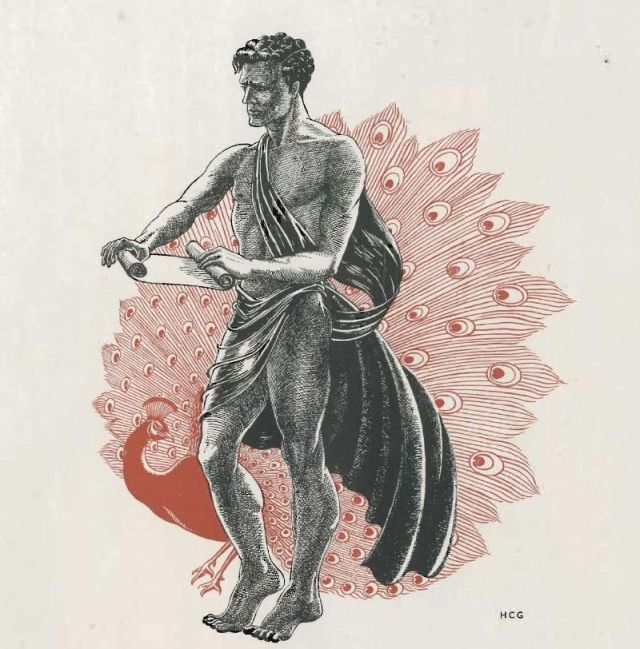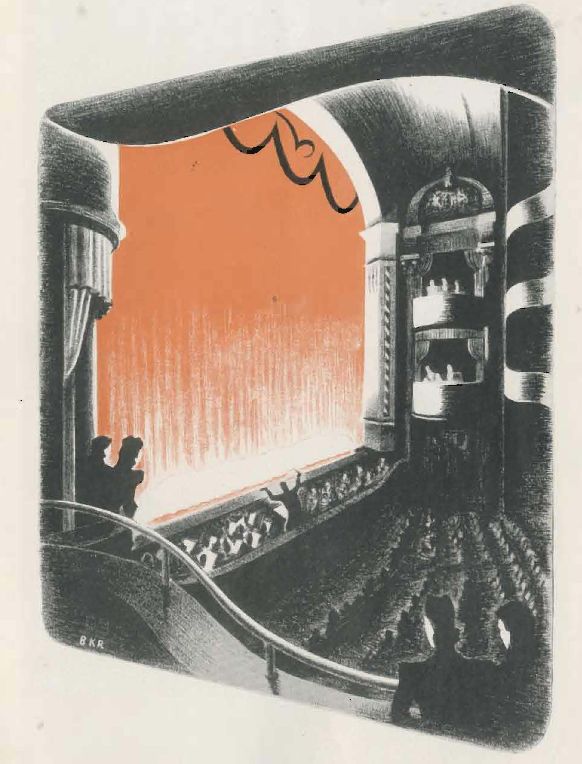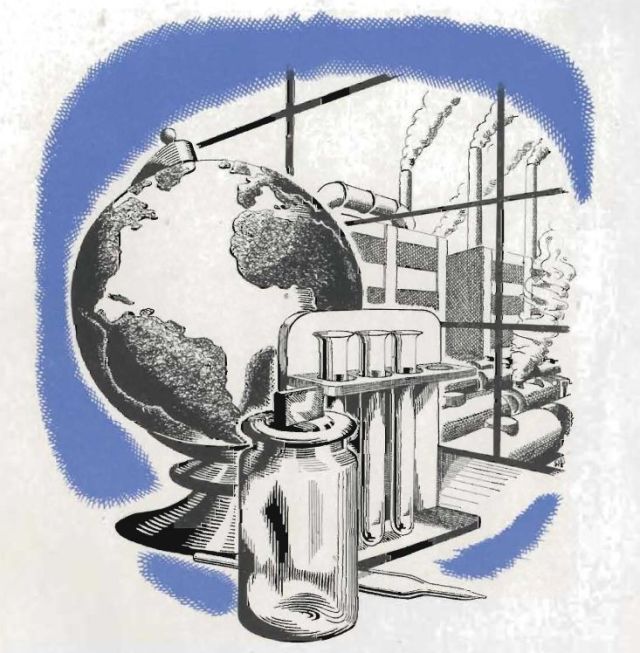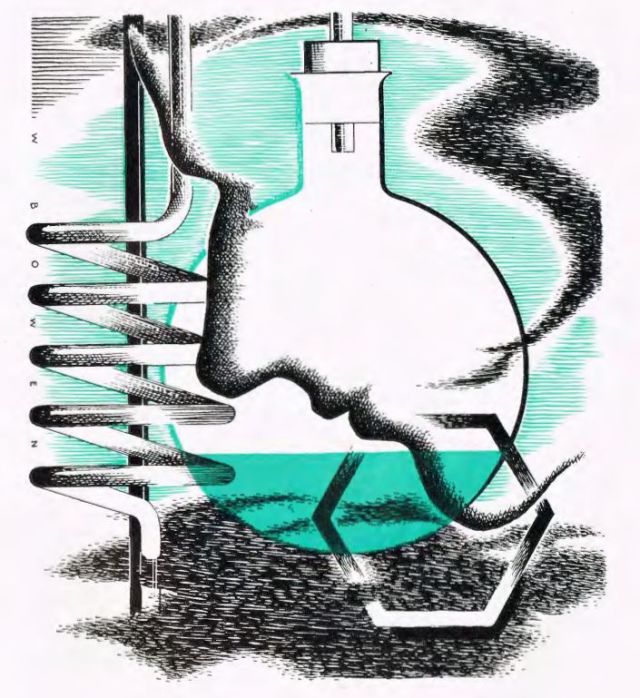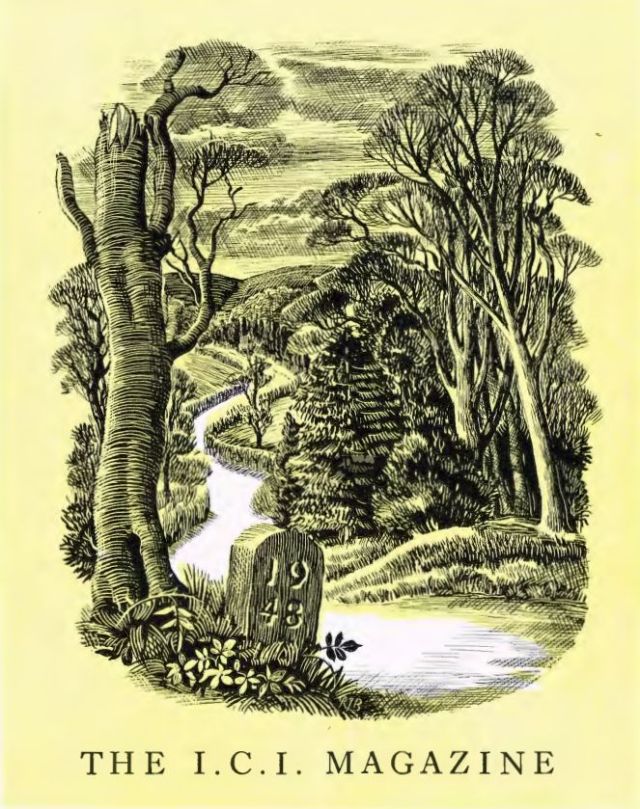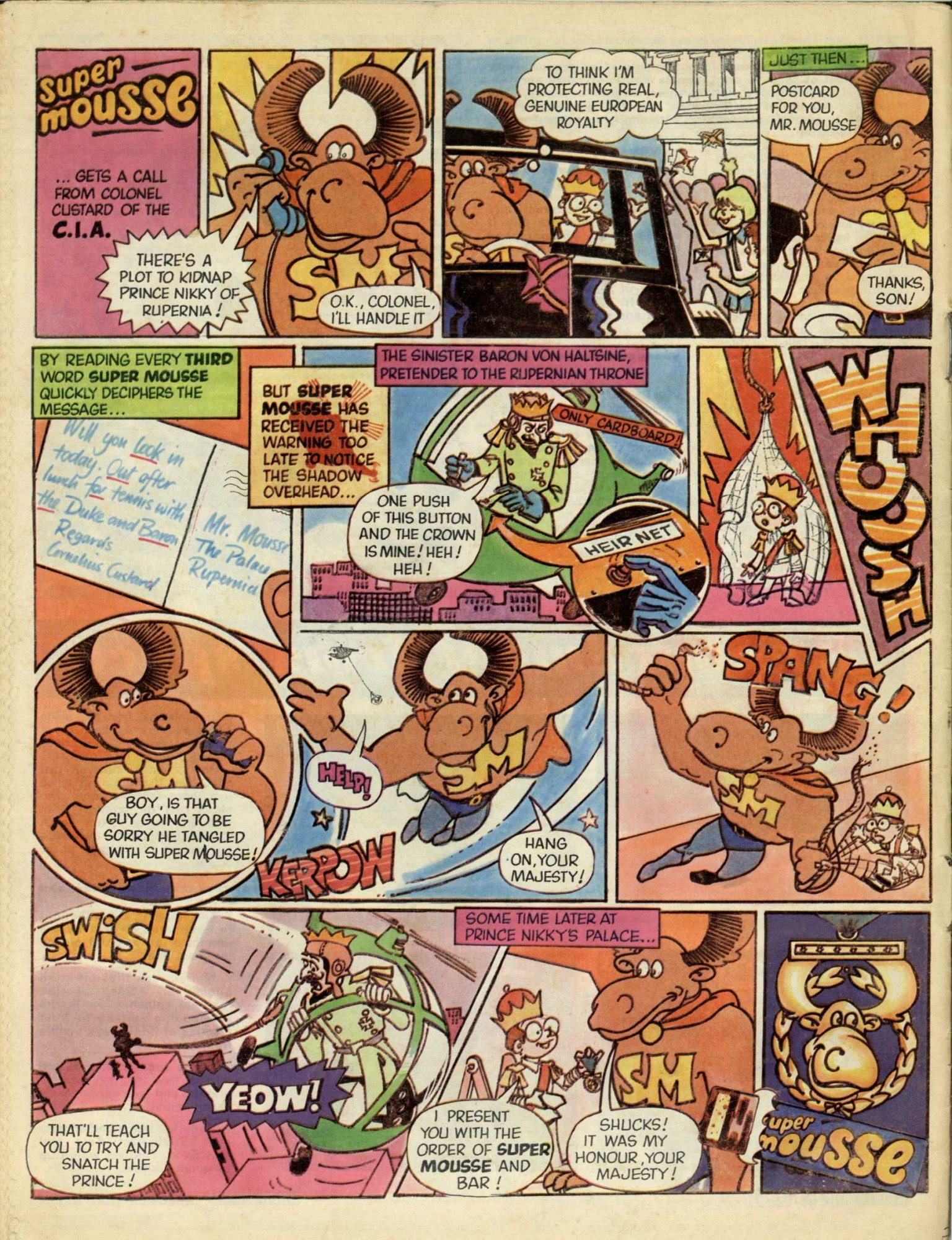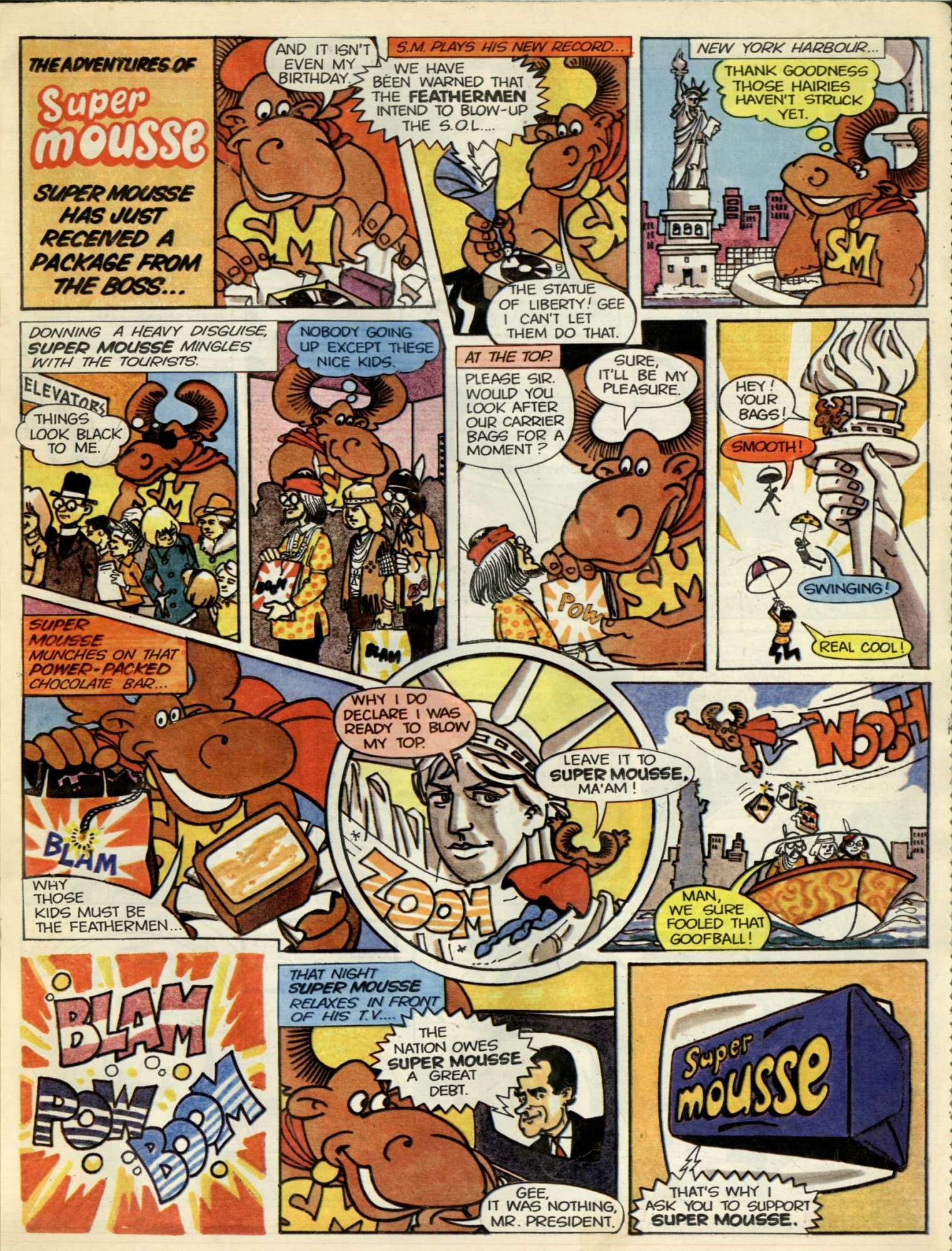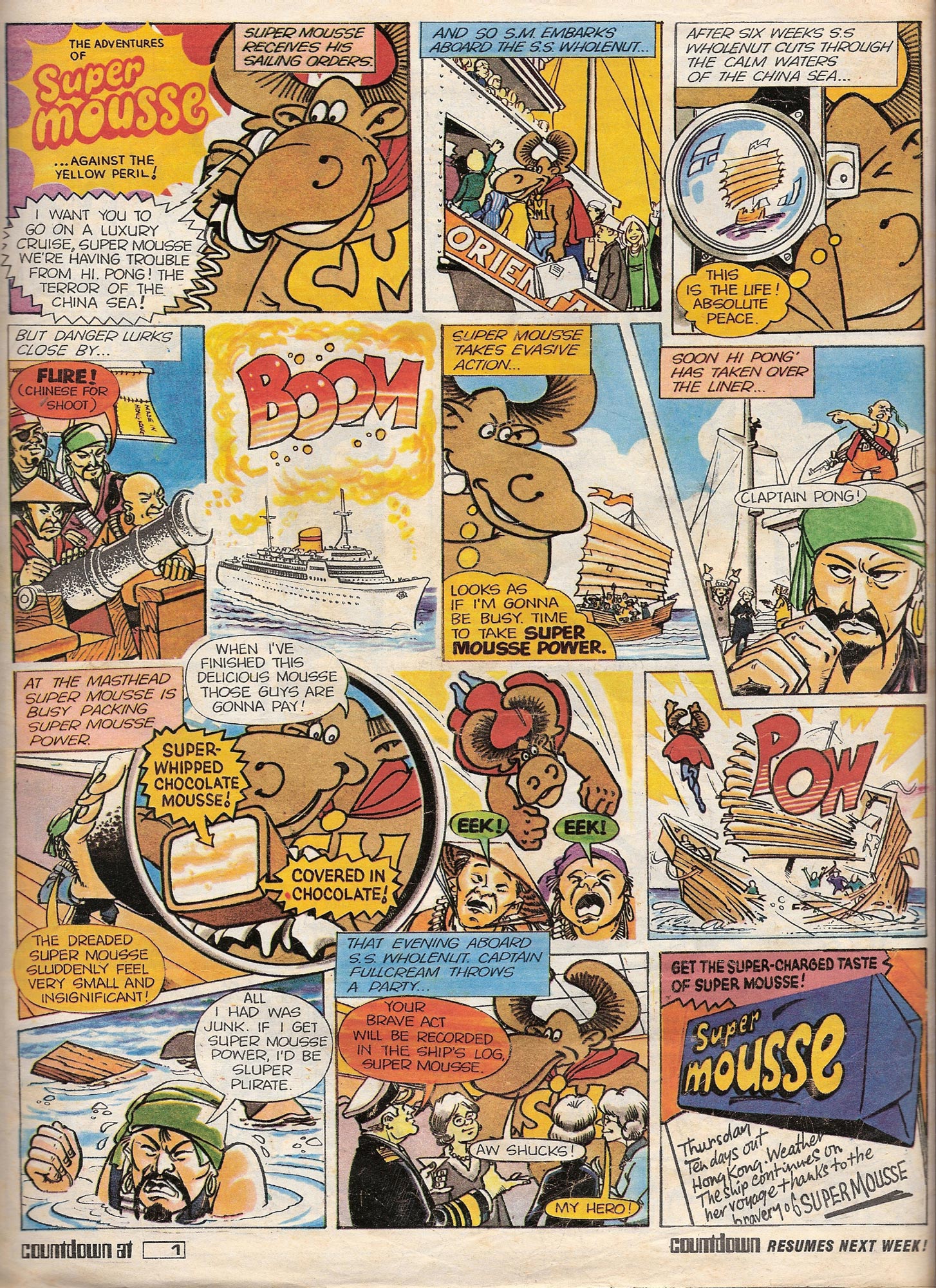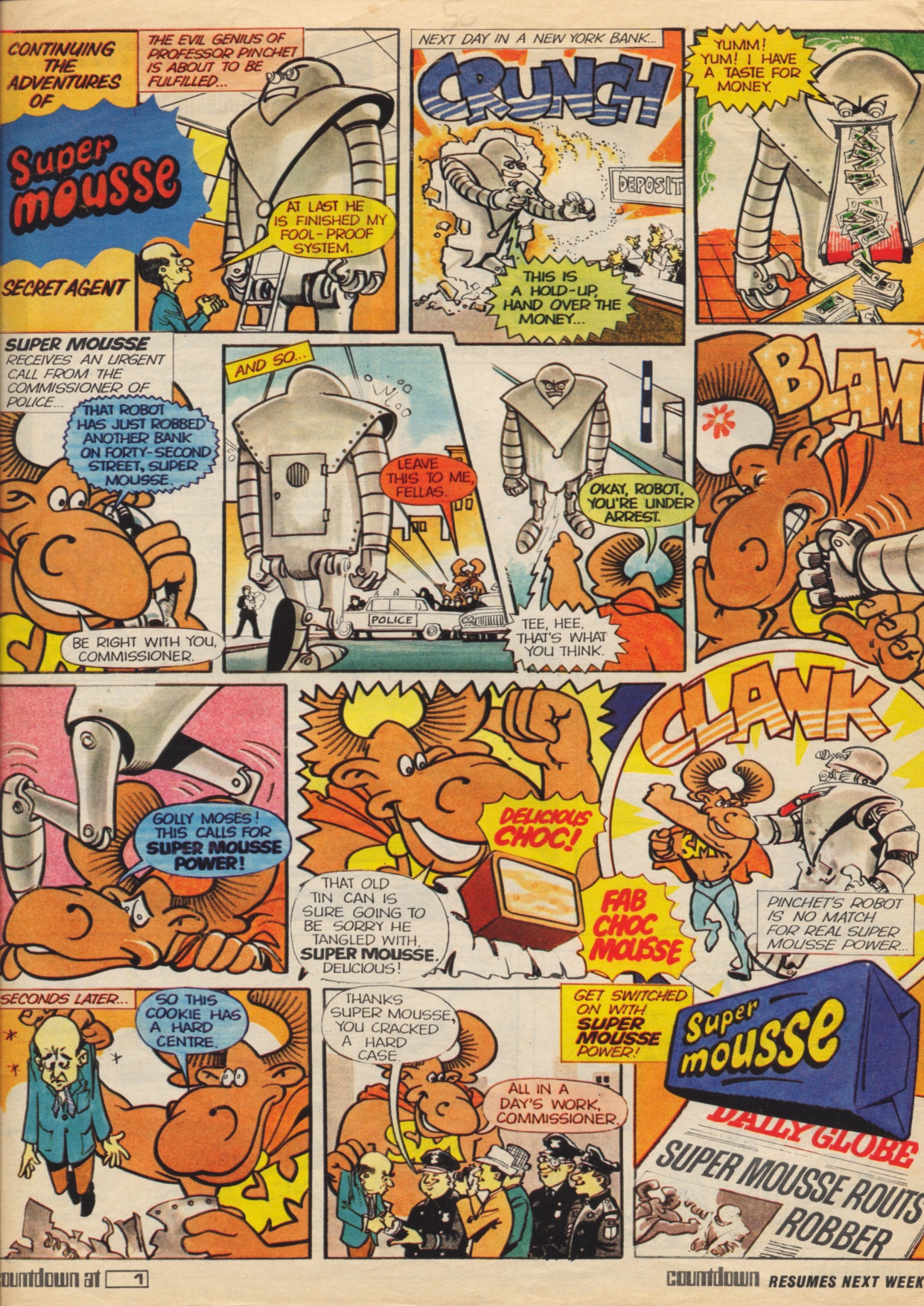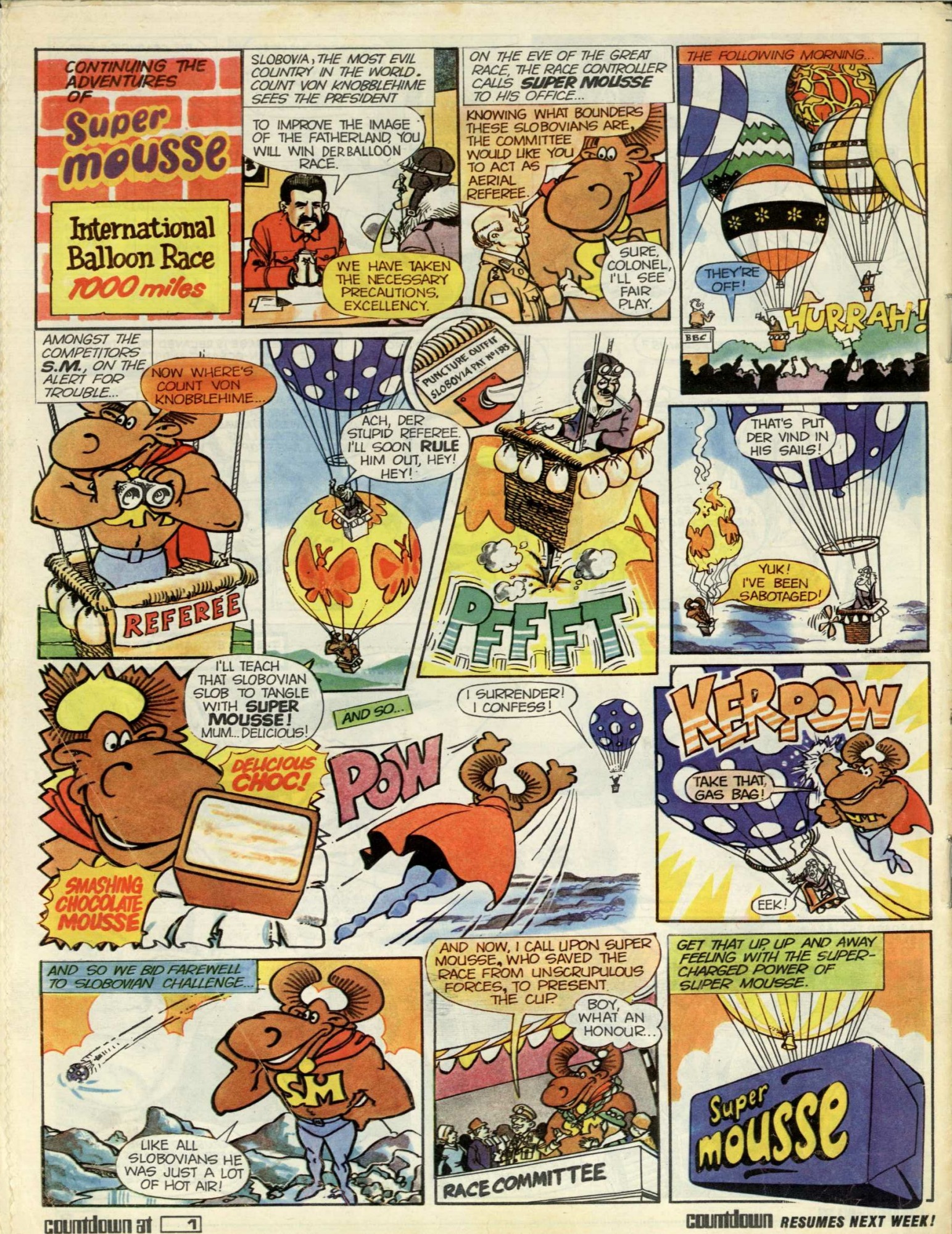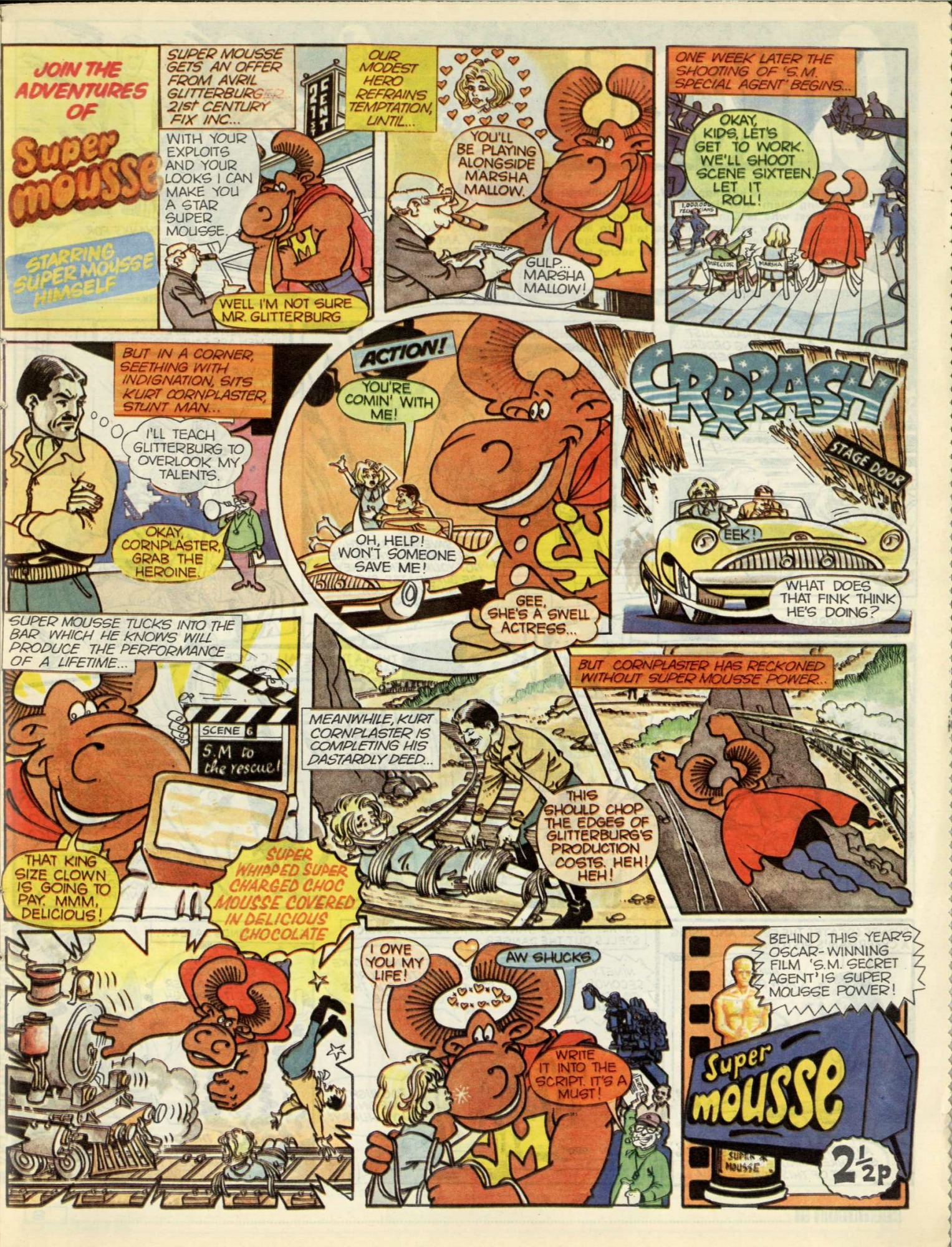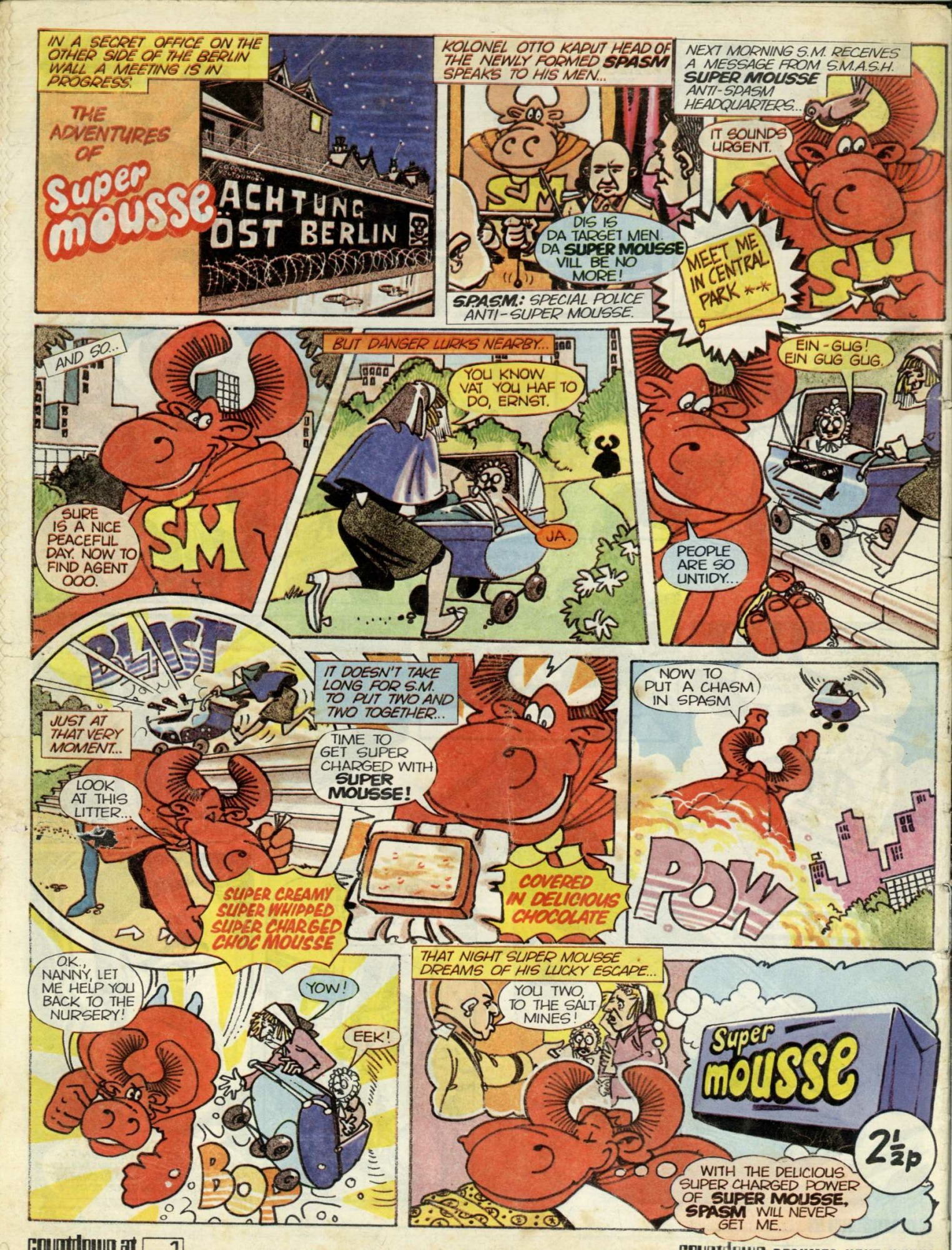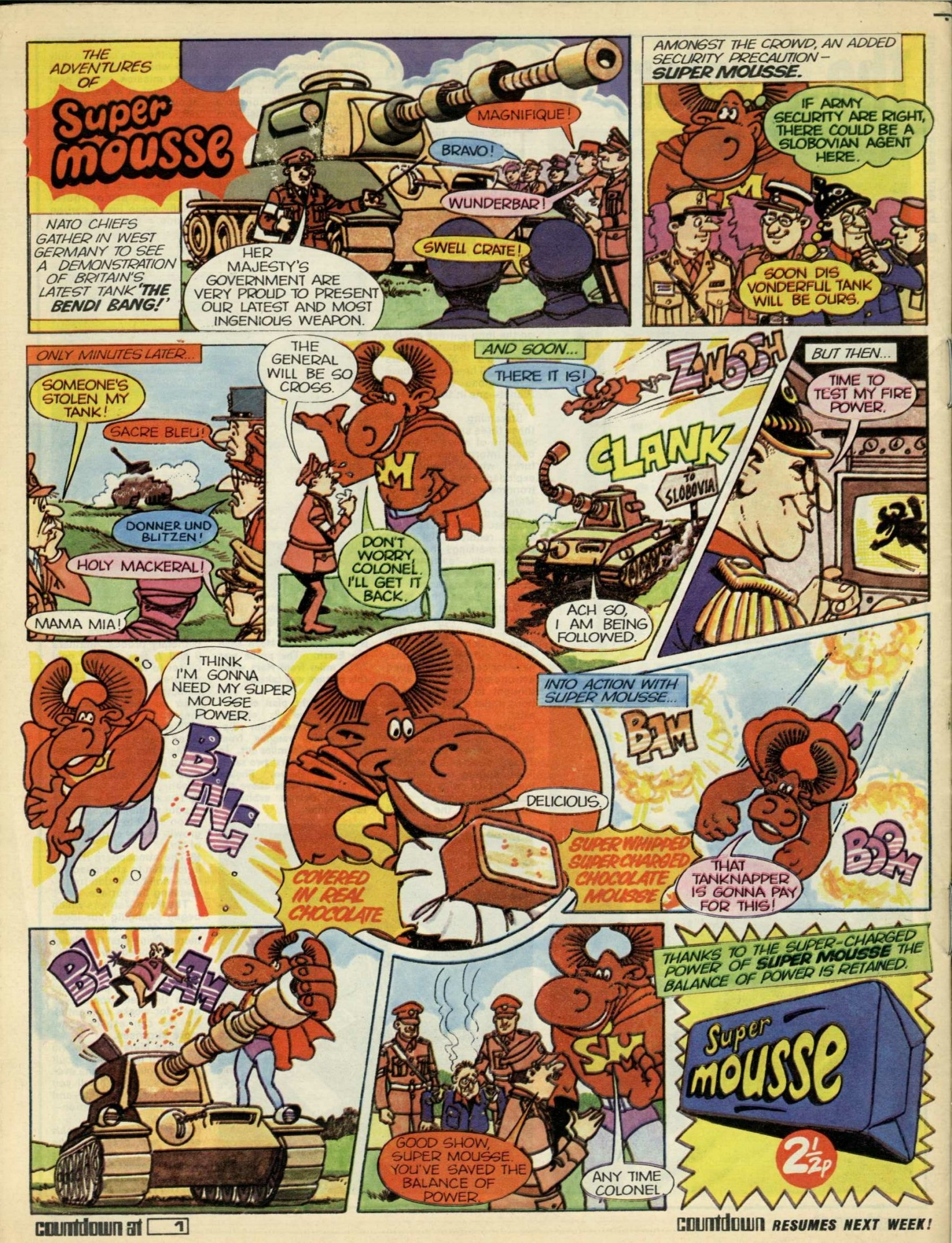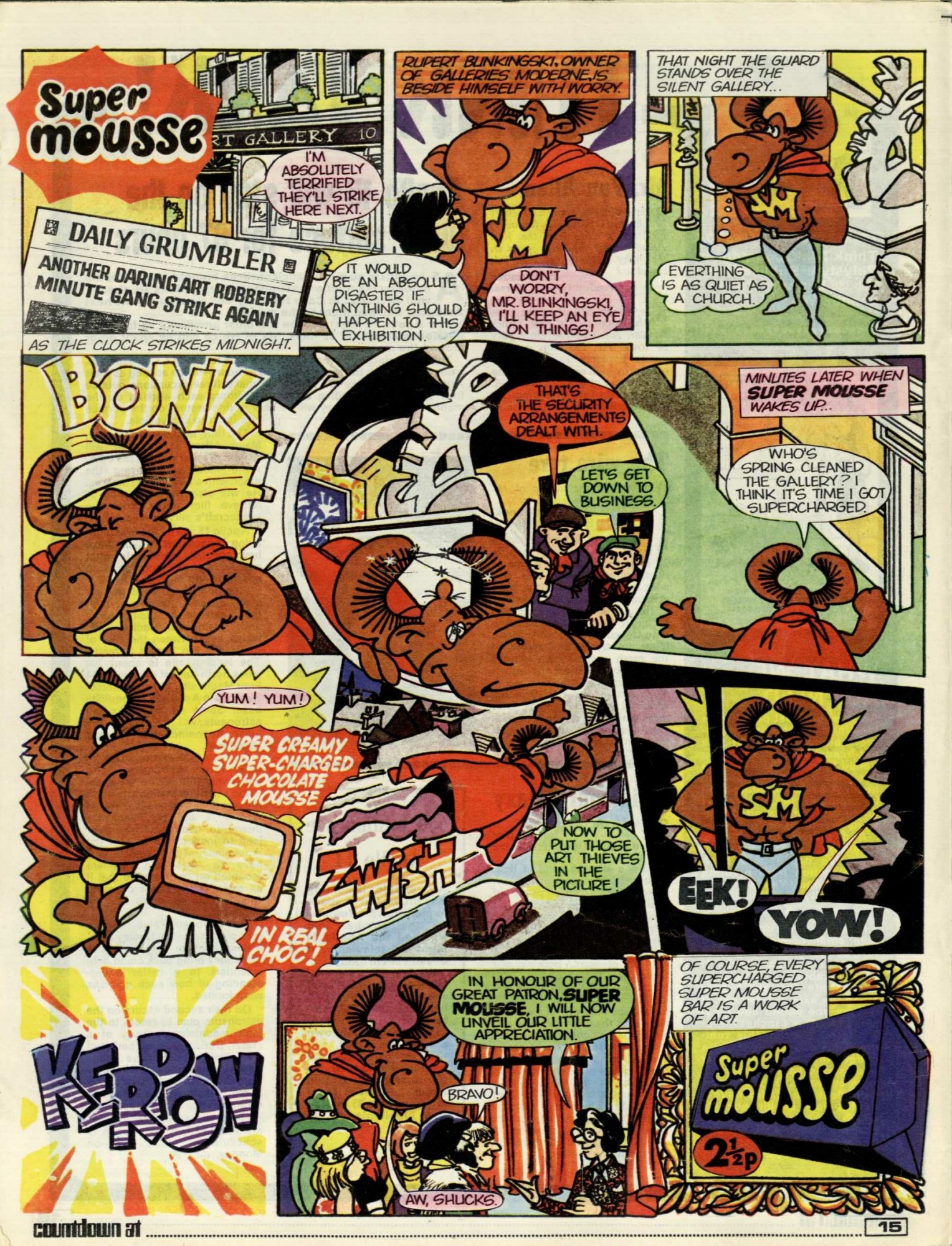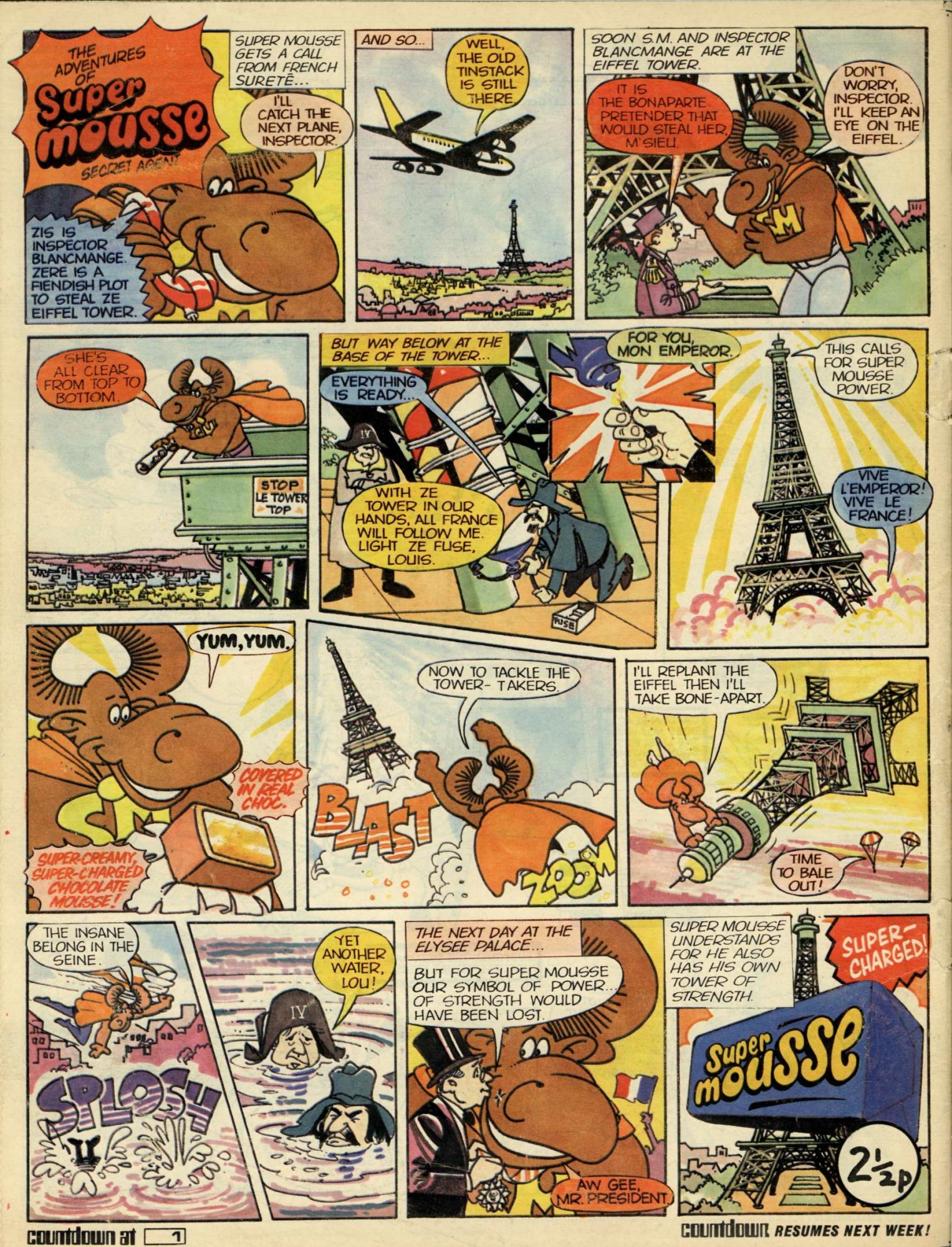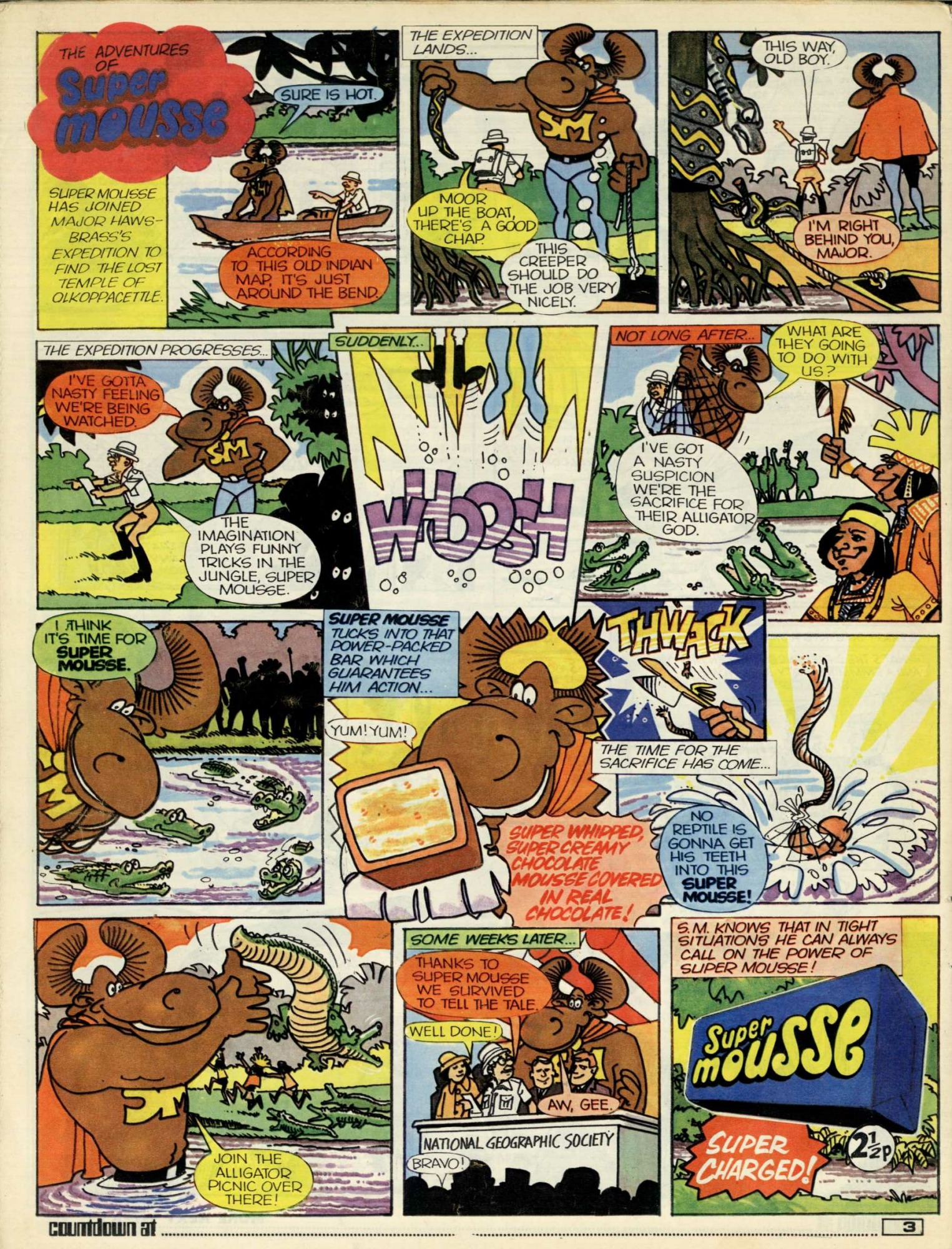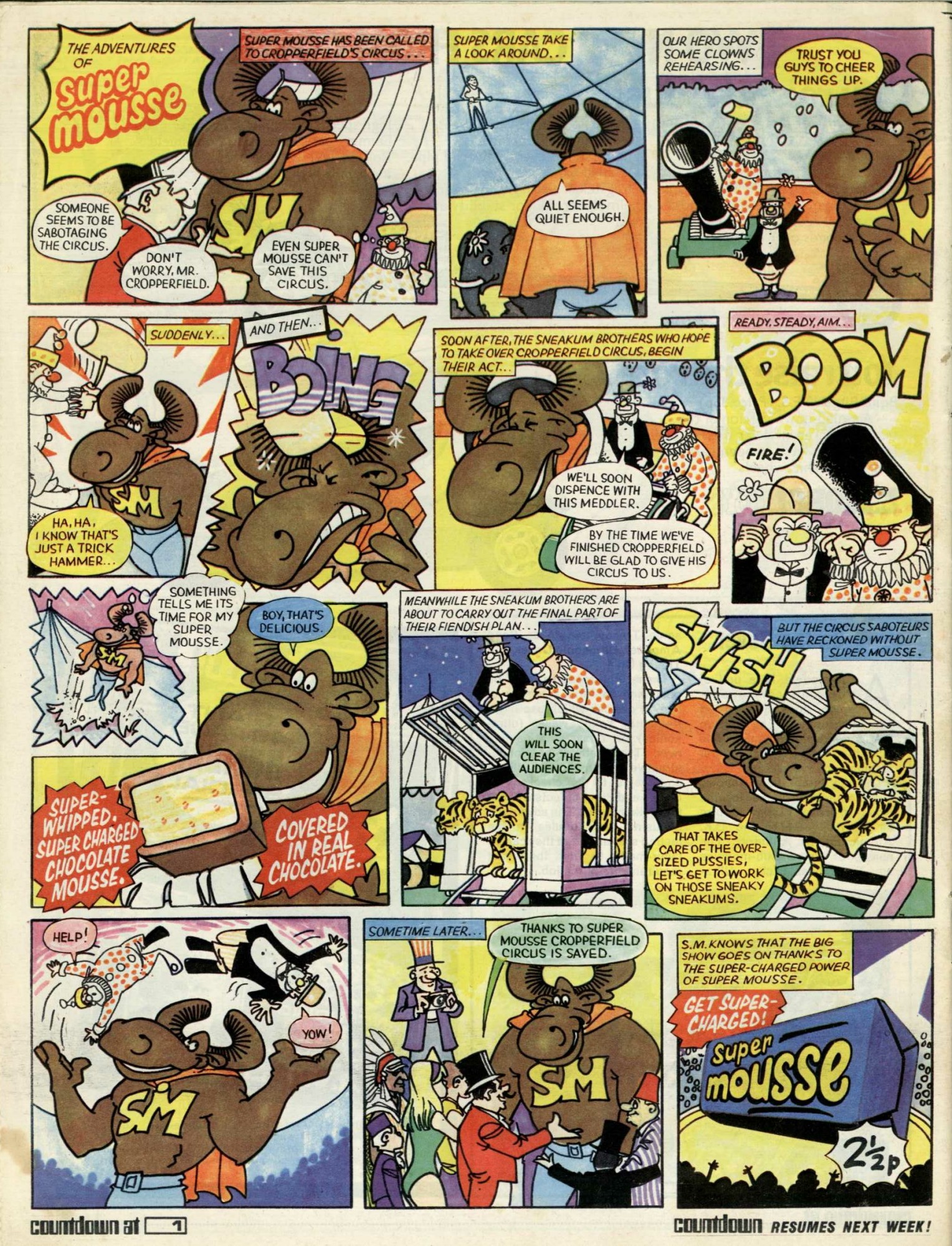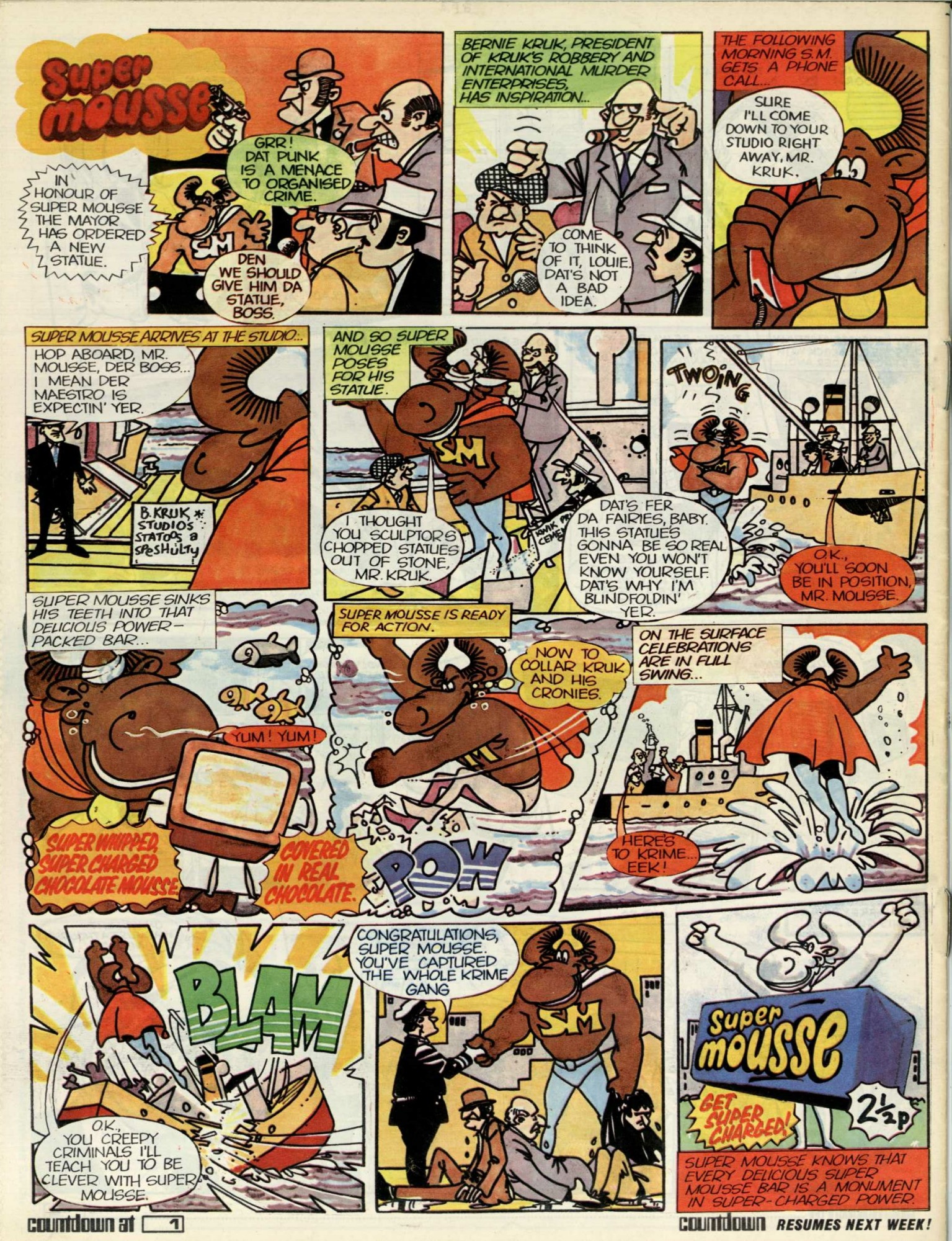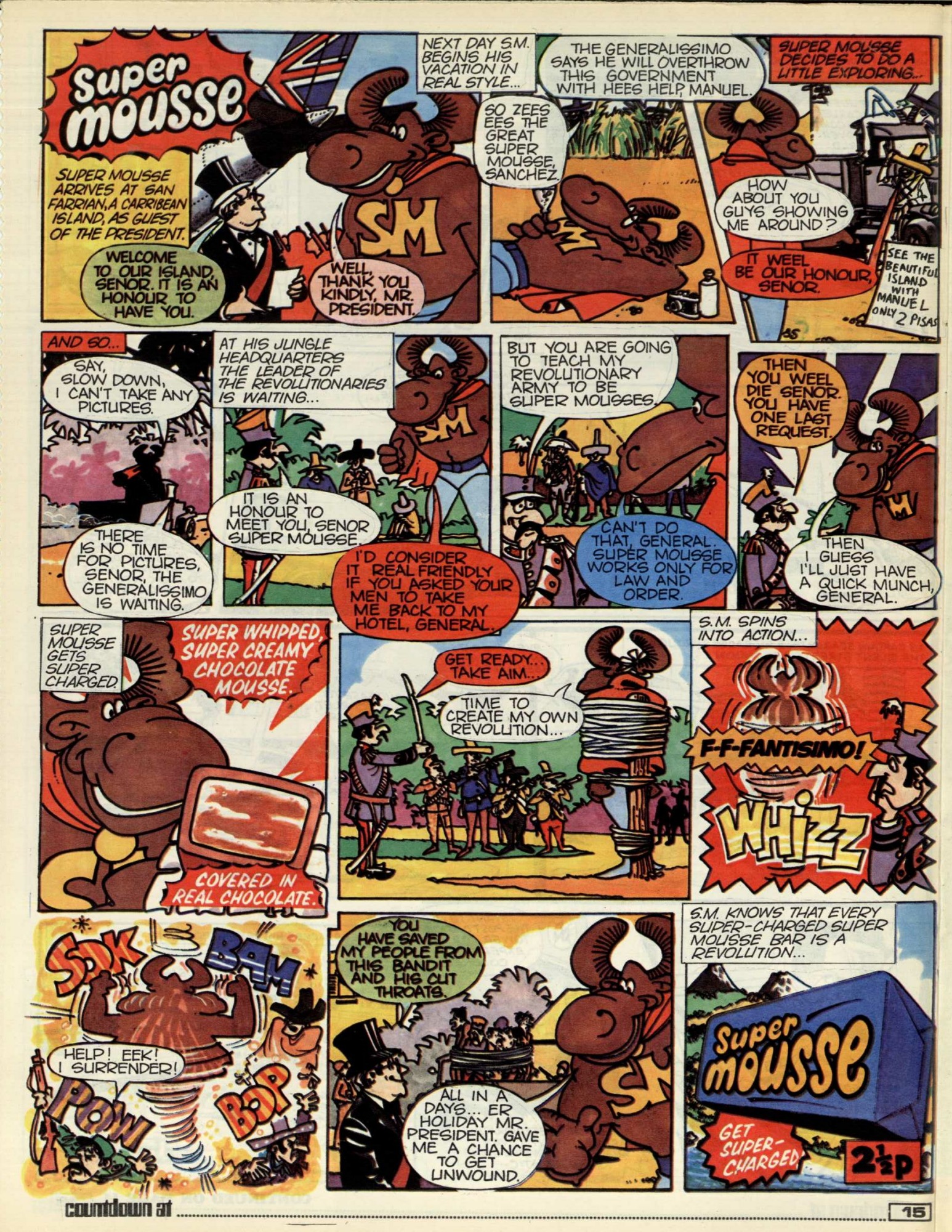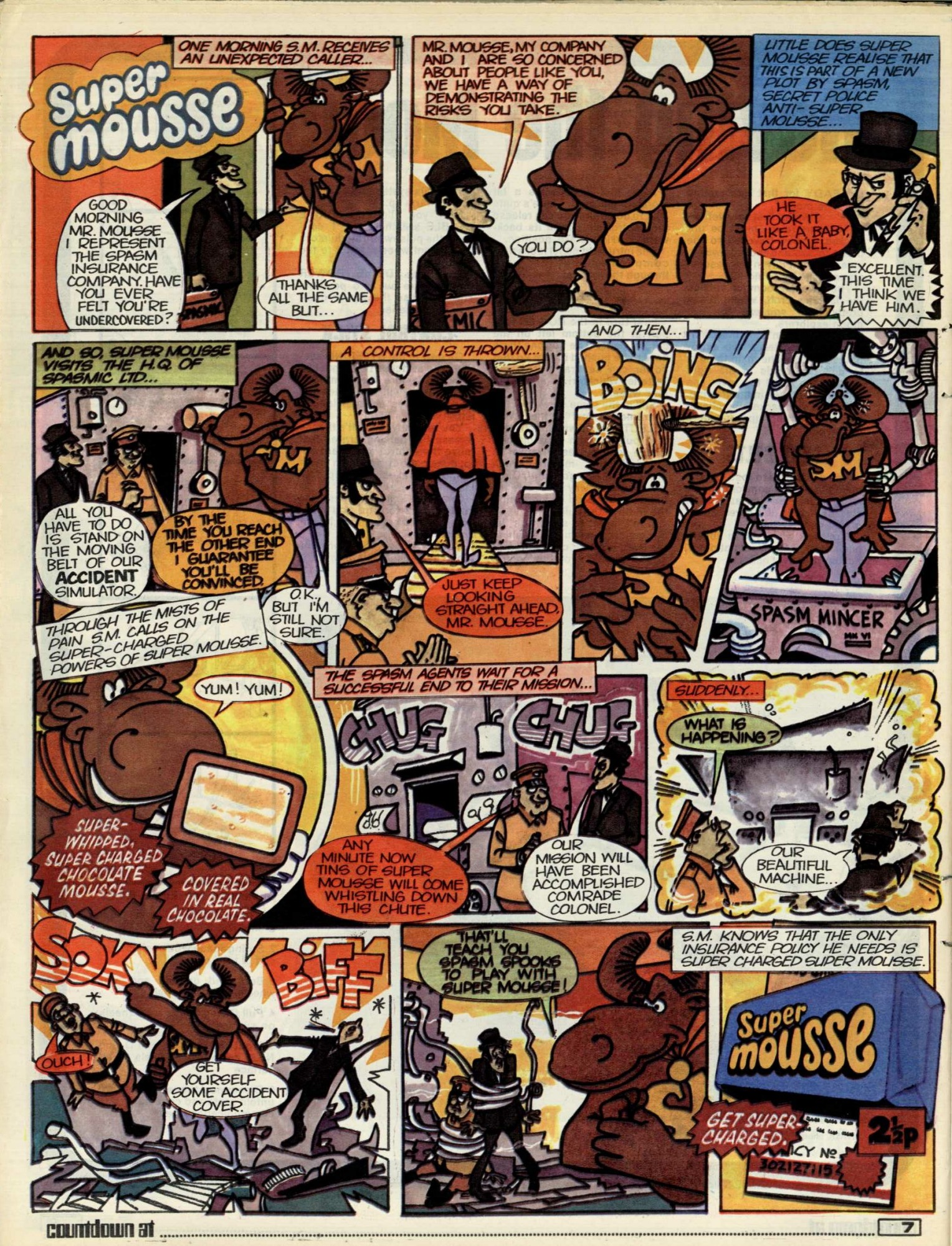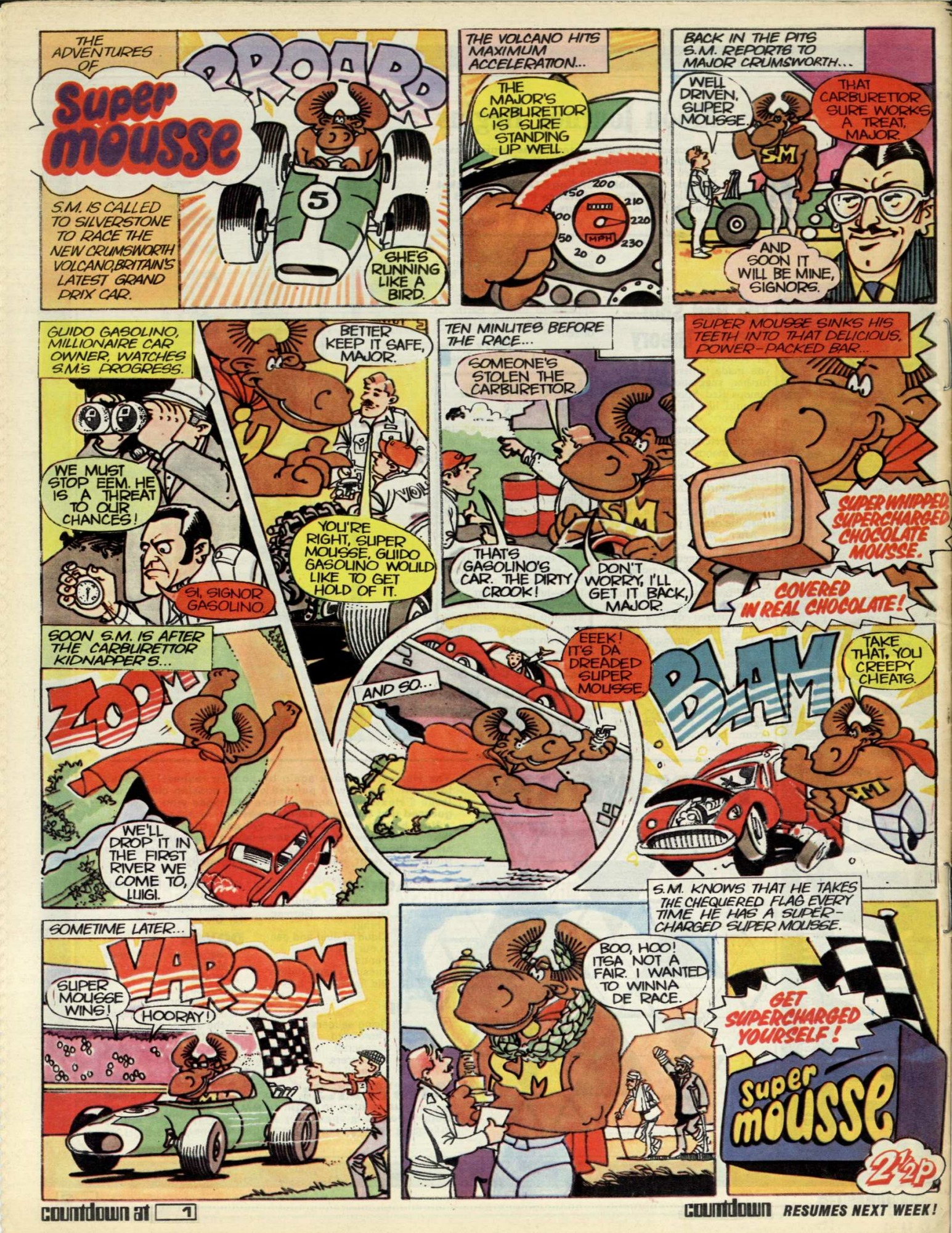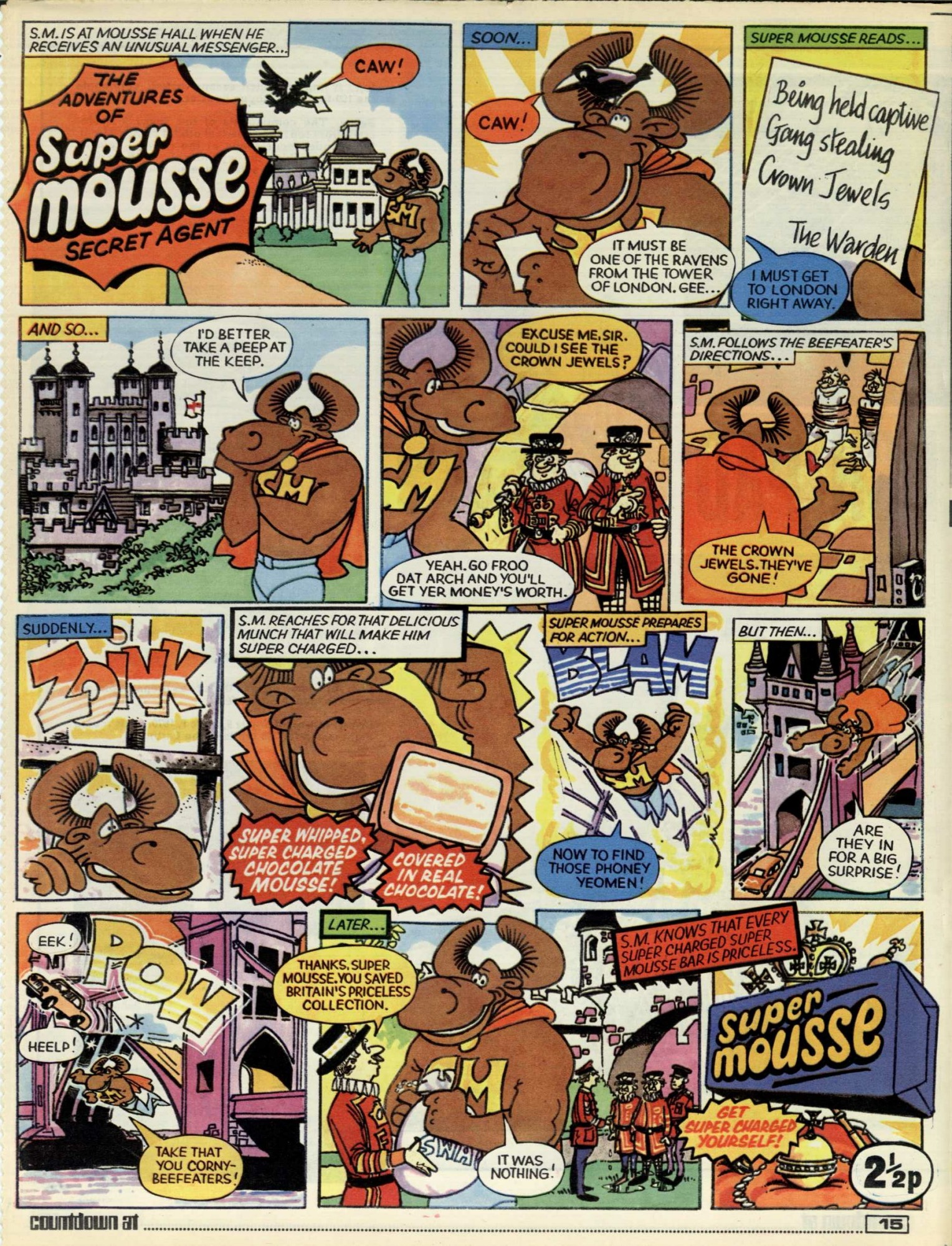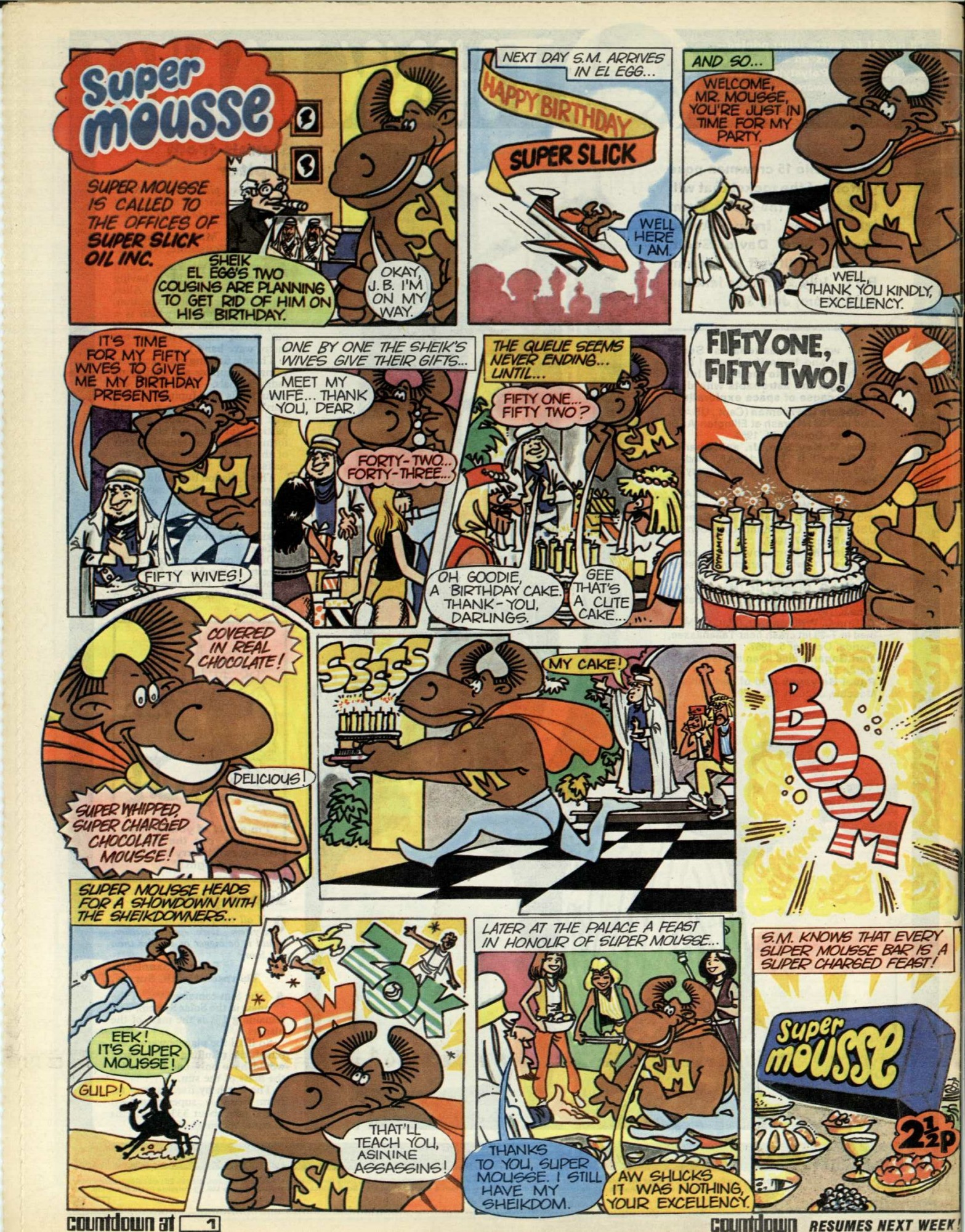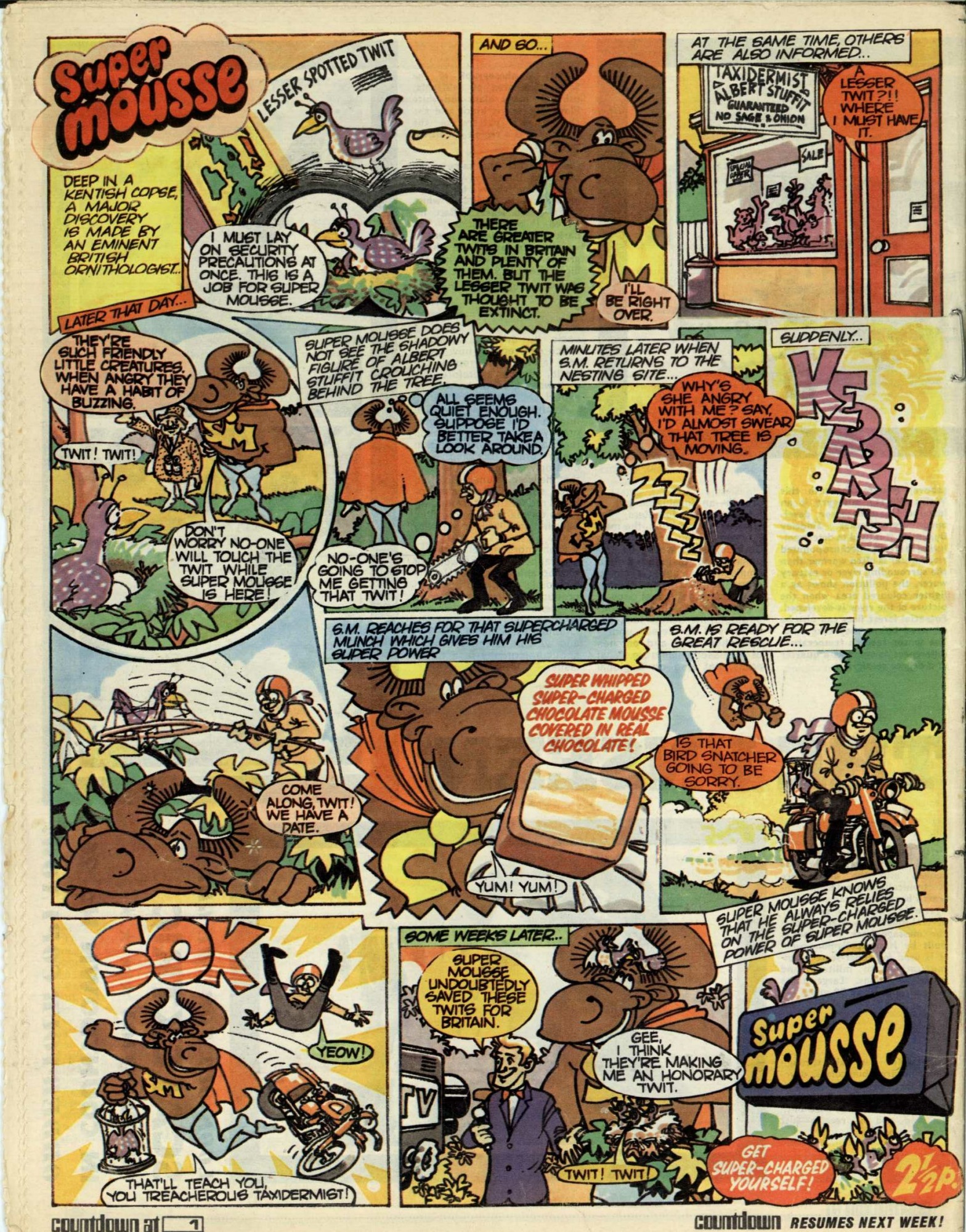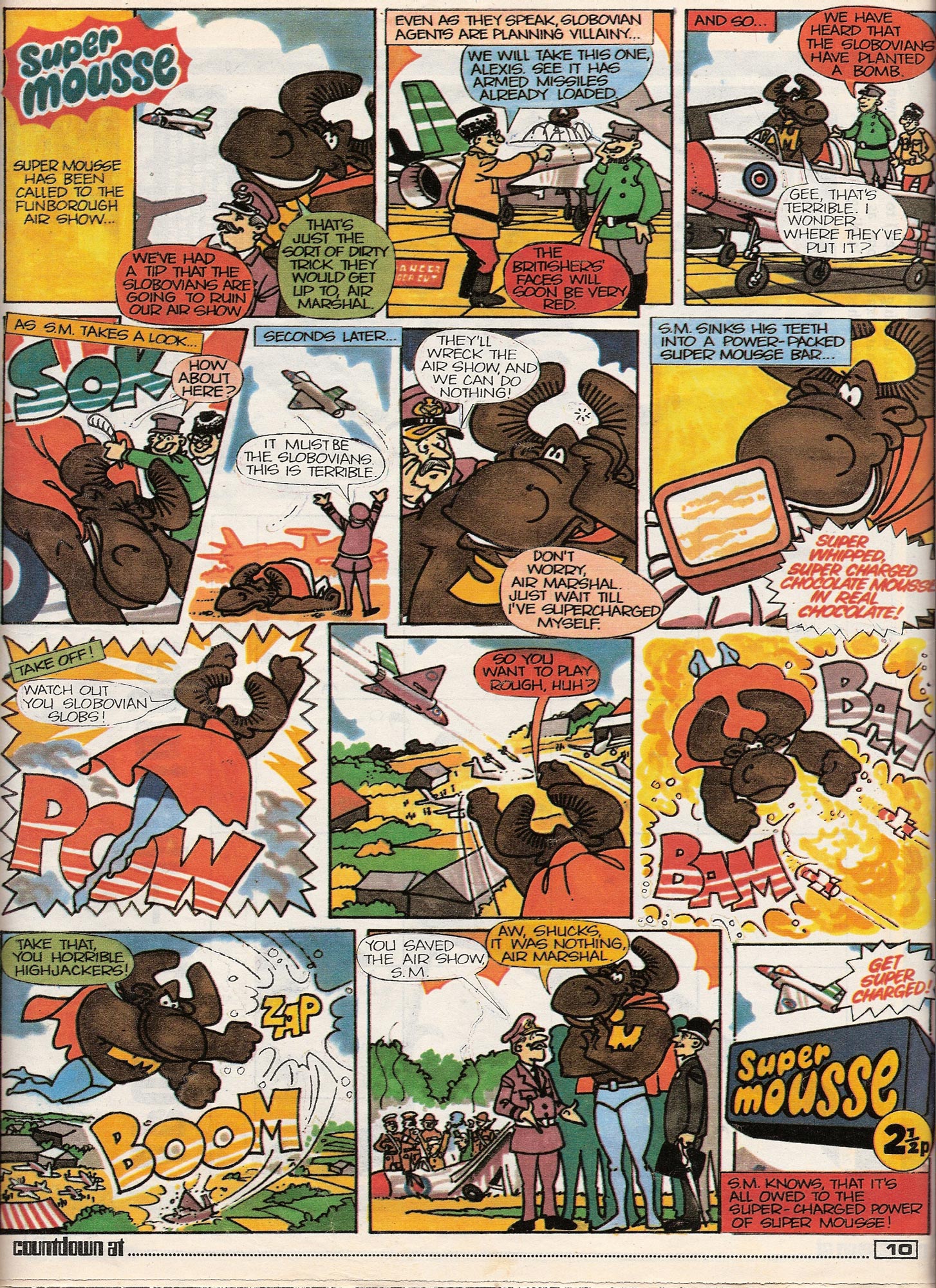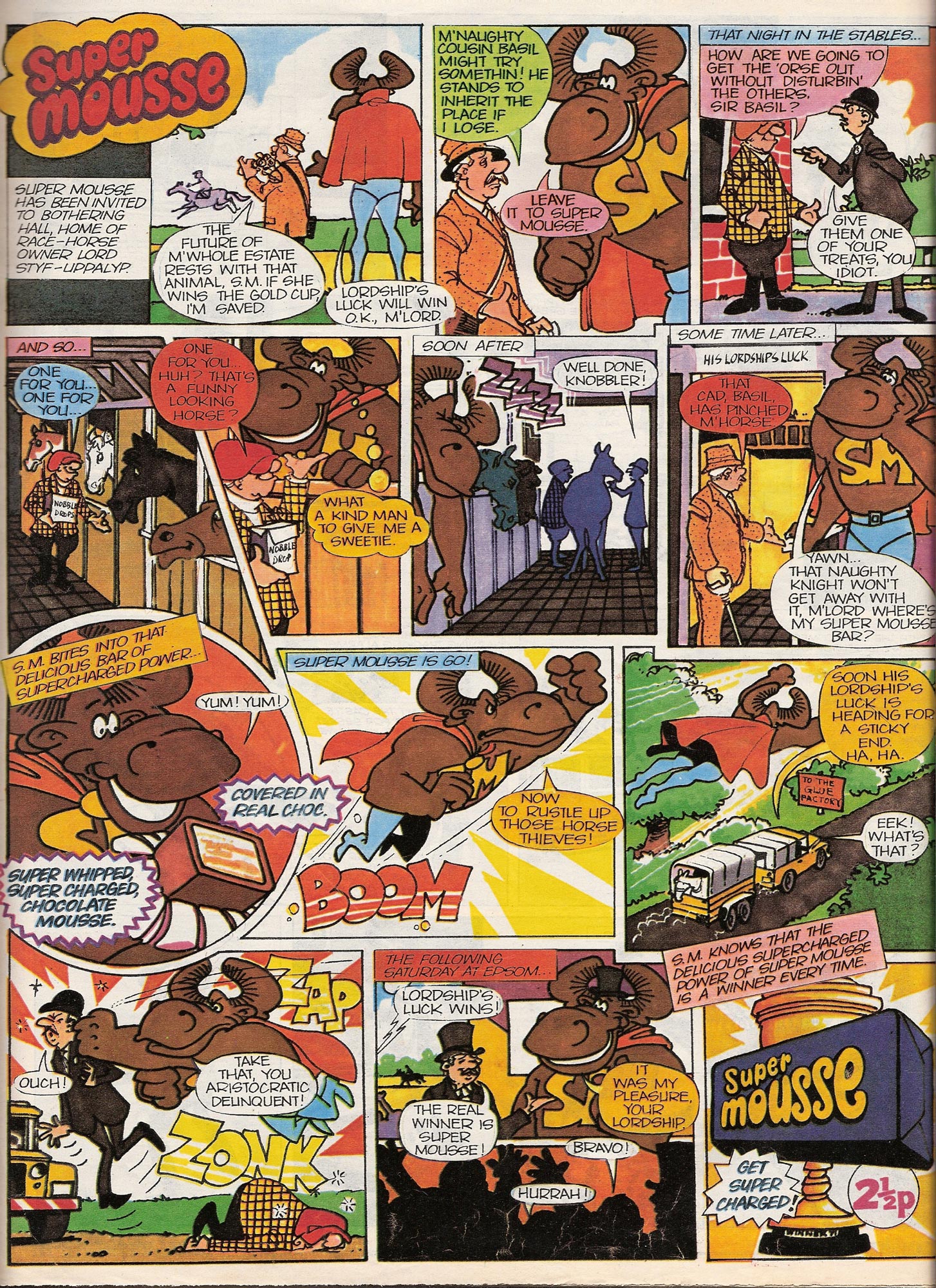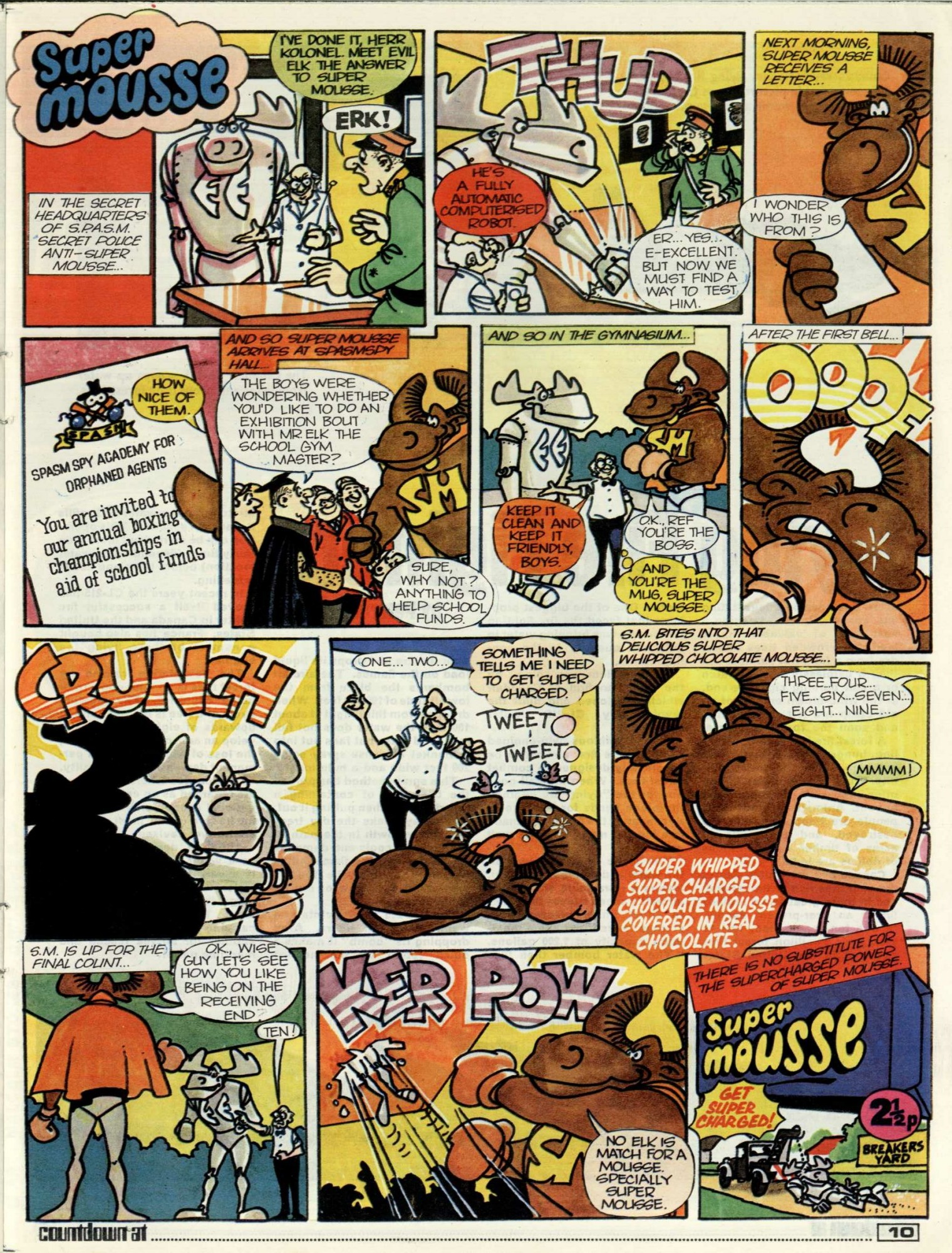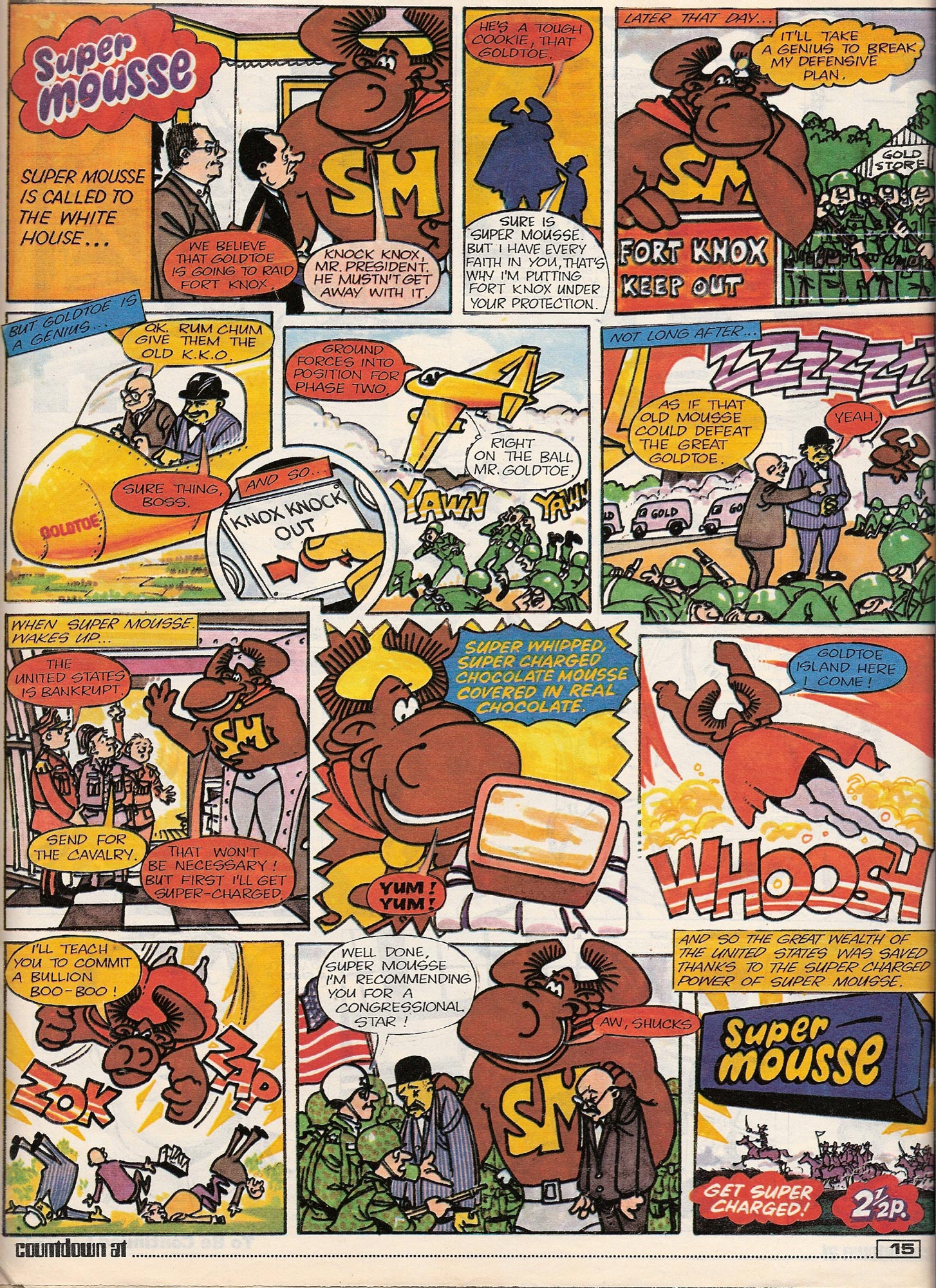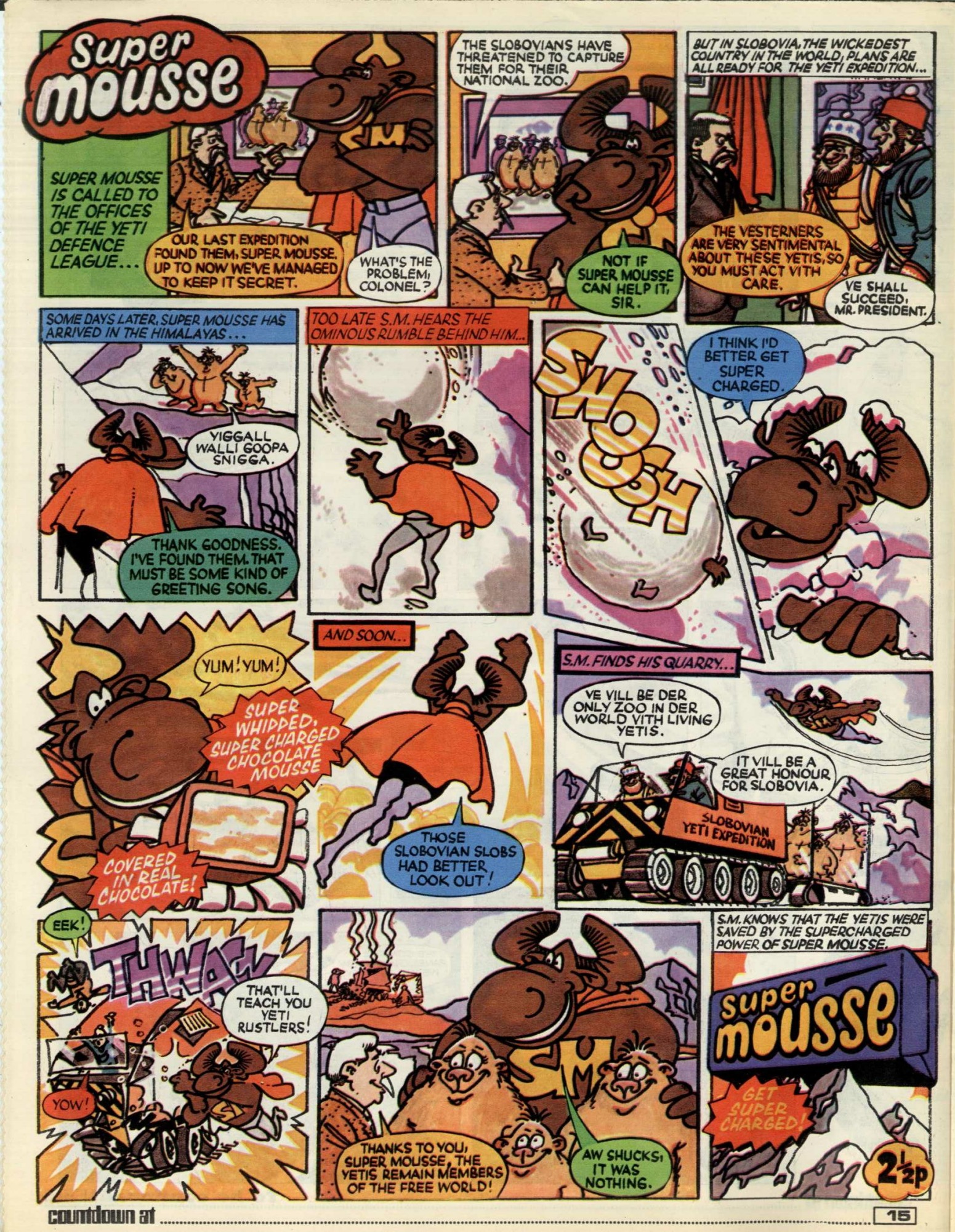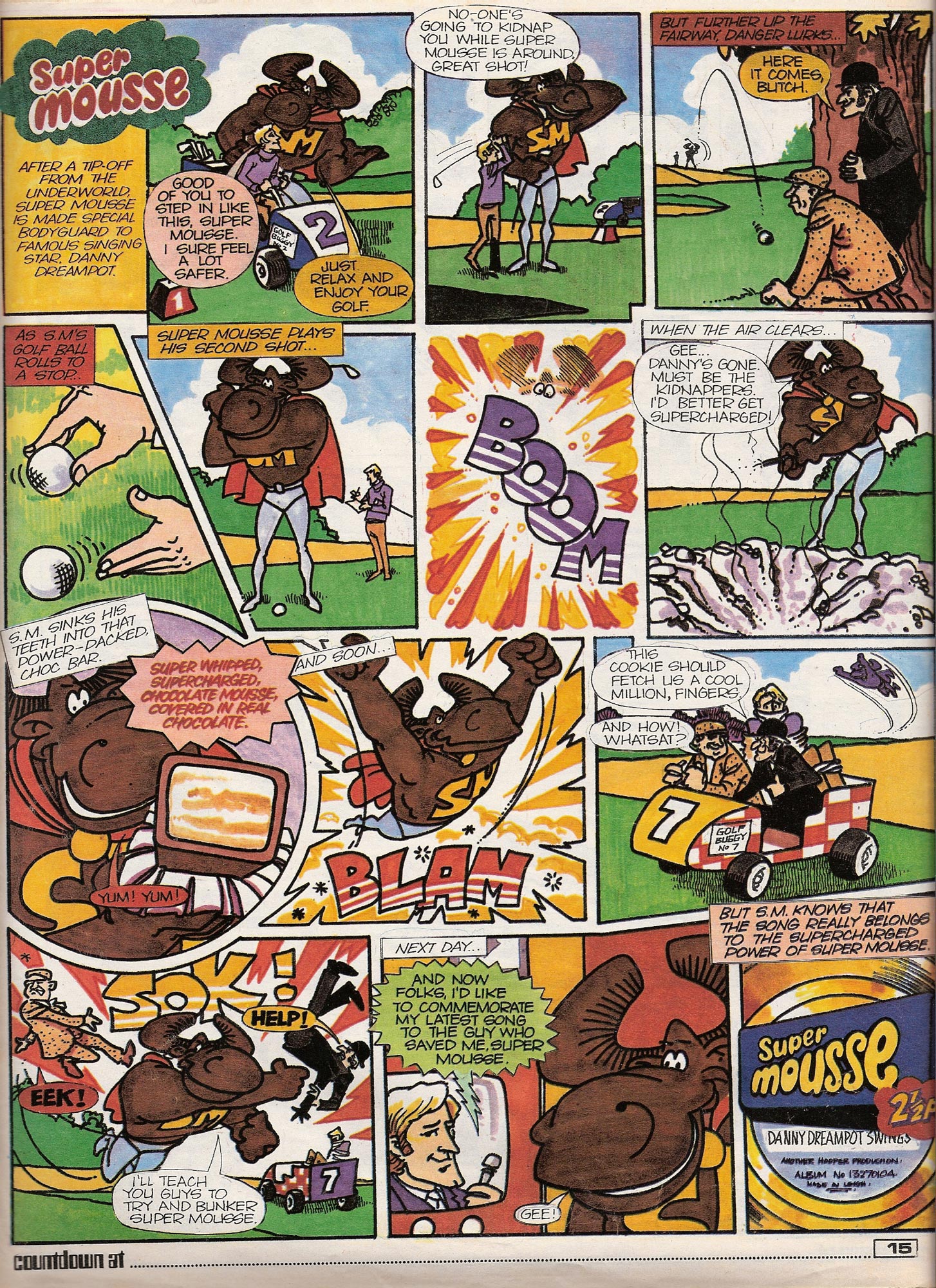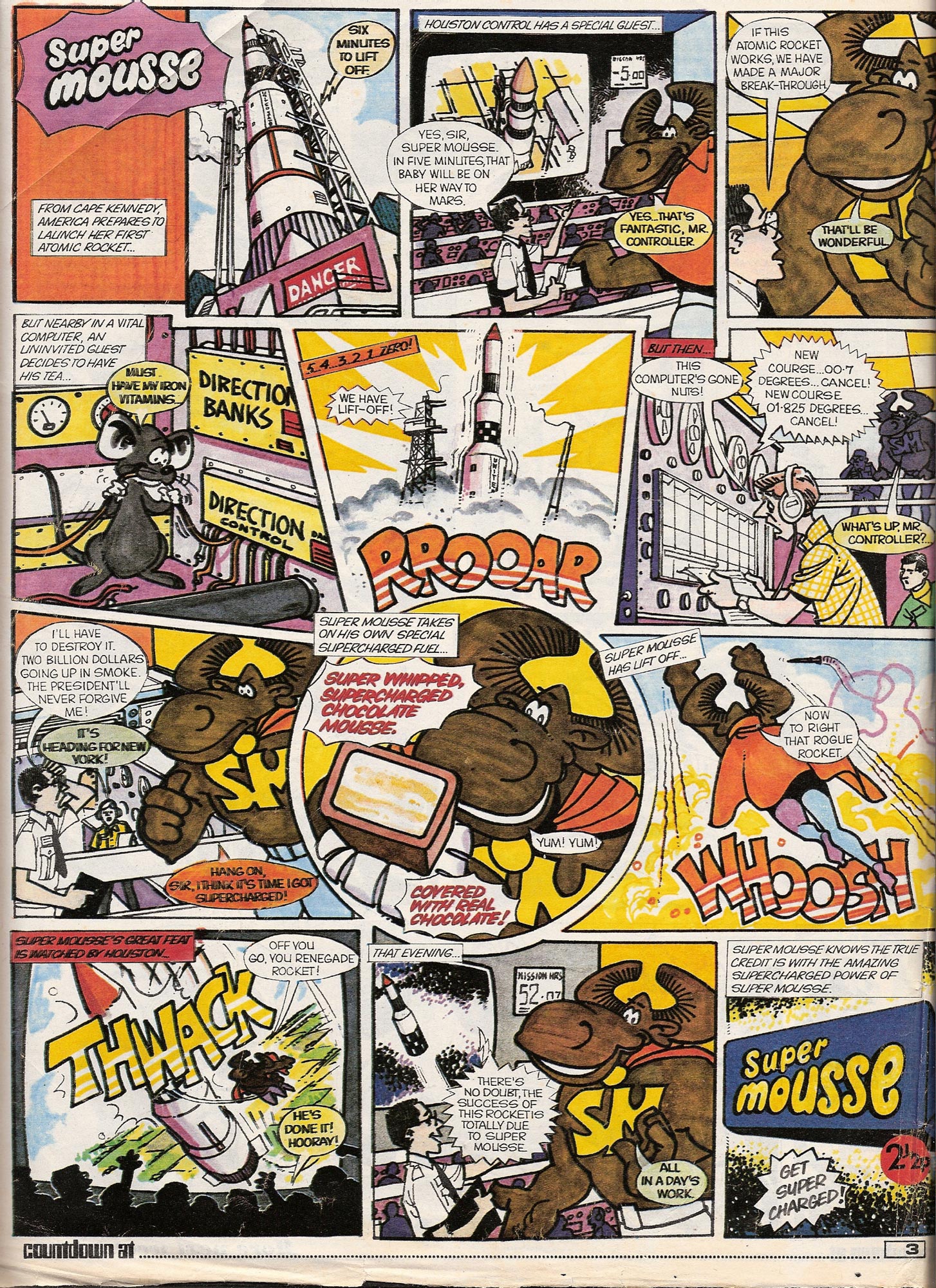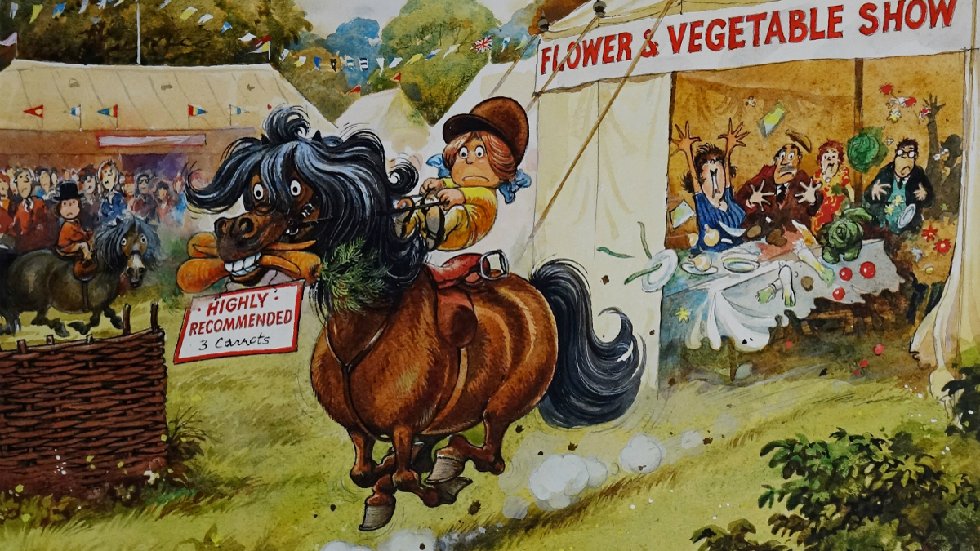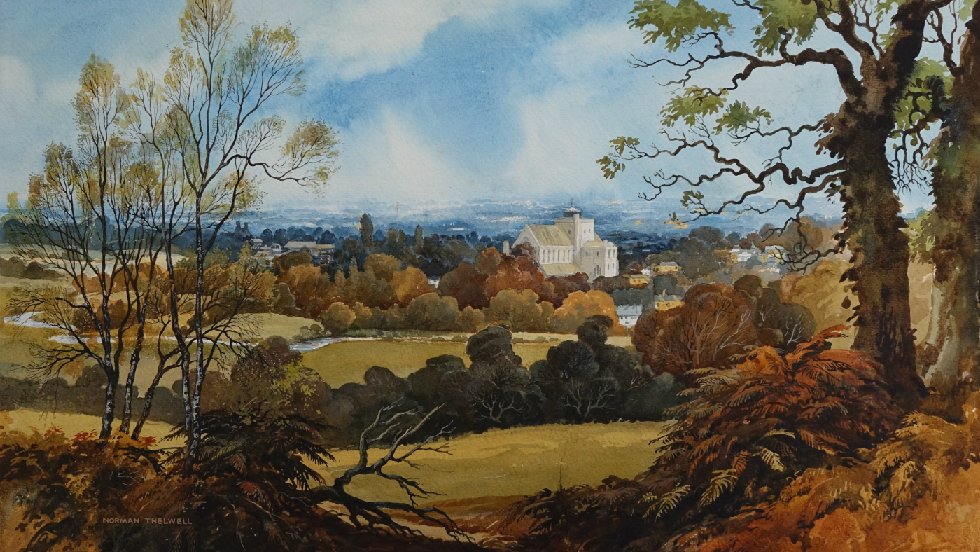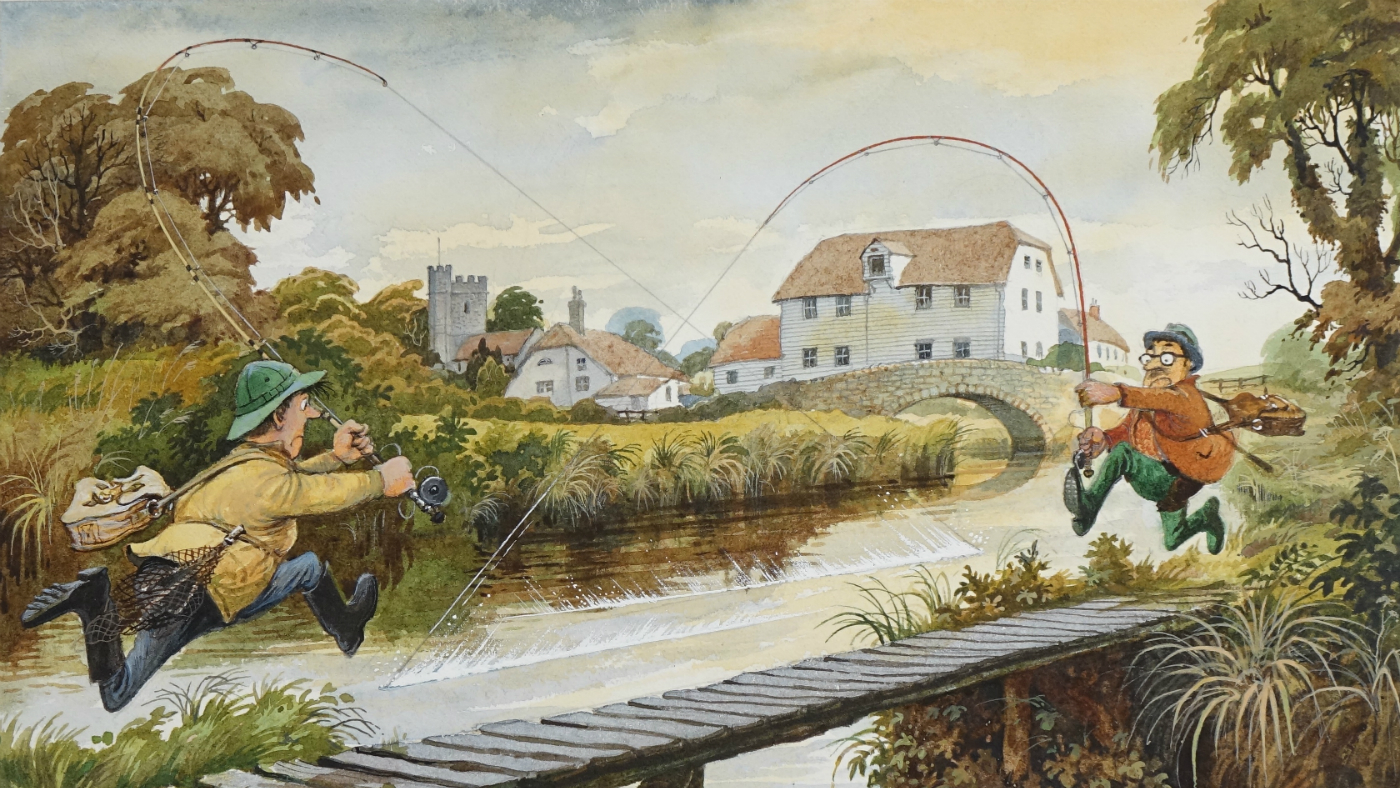I started writing about the BBC annuals in a previous post and felt it was getting too big, so have decided to focus on each book separately.

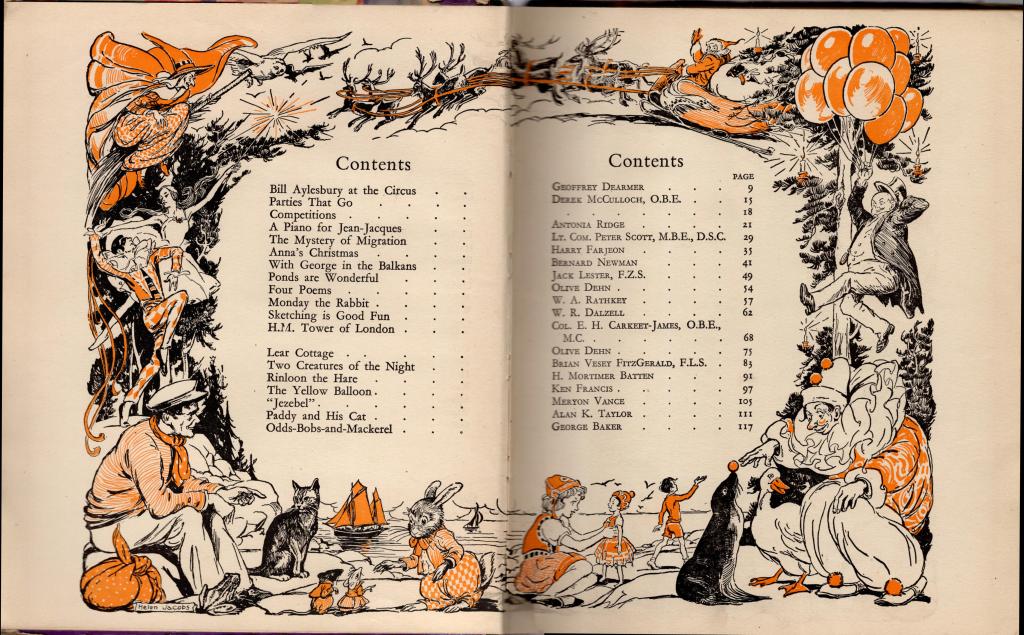
It’s unfortunate that there is no publication or copyright date on this annual. It’s published by Sampson, Low, Marston & Co. Ltd and apparently edited by Uncle Mac himself – Derek McCulloch. I say apparently only because I would think he was far too busy to edit this himself, but I might be wrong! The Contents page has gorgeous artwork decorating the border drawn by Helen Jacobs. The endpapers are by her as well with her wonderful identifying signature in a ribbon.
I’m adding this as text so it’s findable by search engines and future historians!
CONTENTS
- Bill Aylesbury at the Circus Parties by Geoffrey Dearmer
- Parties that go by Derek McCulloch
- Competitions by Derek McCulloch
- A Piano for Jean-Jacques by Antonia Ridge
- The Mystery of Migration by Lt. Cmdr Peter Scott MBE, DSC
- Anna’s Christmas by Harry Farjeon
- With George in the Balkans by Bernard Newman
- Ponds are Wonderful by Jack Lester FZS
- Four Poems by Olive Dehn
- Monday the Rabbit by W. A. Rathkey
- Sketching is Good Fun by W. R. Dalzell
- H.M. Tower of London by Col. E. H. Carkeet-James O.B.E., M.C.
- Lear Cottage by Olive Dehn
- Two Creatures of the Night by Brian Vesey FitzGerald FLS
- Rinloon the Hare by H. Mortimer Batten
- The Yellow Balloon. by Ken Francis
- “Jezebel” by Meryon Vance
- Paddy and His Cat by Alan K. Taylor
- Odds-Bobs-and-Mackerel by George Baker
Illustrators include Helen Jacobs, Weiss, Barbara C Freeman, Alex Jardine, Cicely Steed, Lowell, Gale & Bruce.
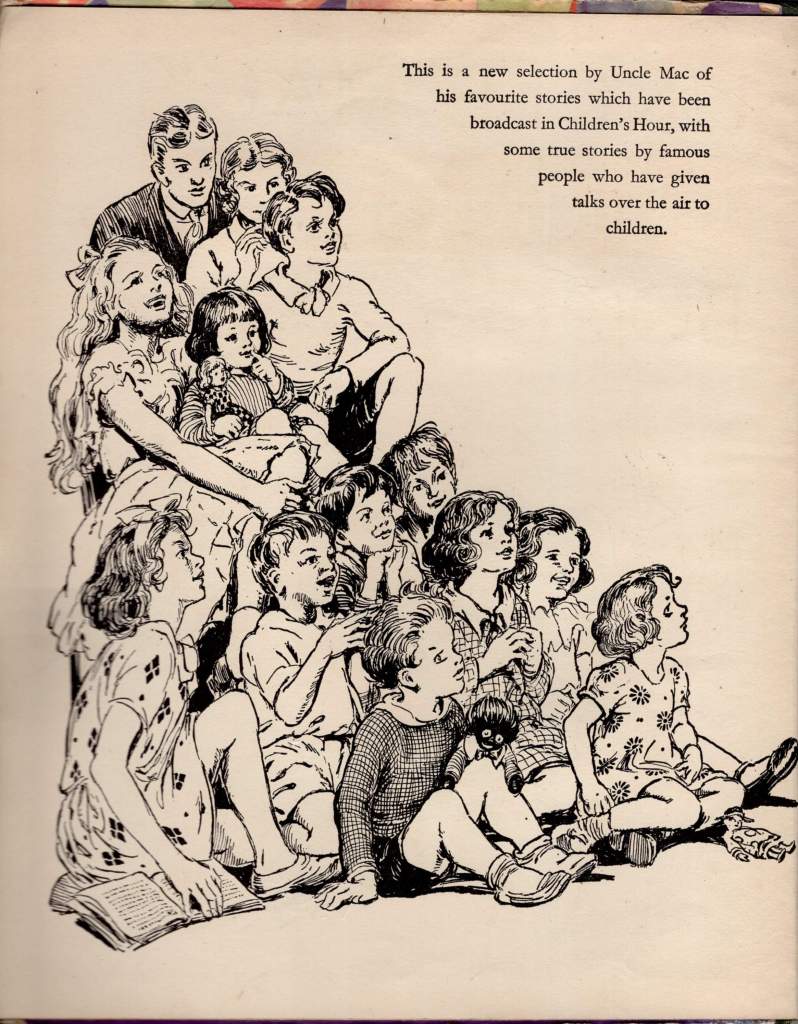
I’d love to be certain of who this artist is. This page faces Uncle Mac himself with the artist’s signature If anyone wants to hazard a guess I’d be grateful – it looks like Weiss to me.:


I’d never heard of Alex Jardine – or more accurately I remember nothing about this name – and his work, which can be found easily online. He was born Alexander William Jardine (1913-1987) in Essex, where he attended Brentwood School. Jardine studied at St. Martin’s School of Art and in Brussels. He was responsible for a river fish series of stamps for the General Post Office (1983), also completing commissions for Imperial Chemical Industries, Bakelite Ltd, Swedish Travel Bureau and publishers such as Collins, Eyre & Spottiswoode and Hutchinson. He was a member of the Society of Wildlife Artists and Society for Wildlife Art of the Nations and showed widely internationally. Lived in Chislet, Kent.
He appears to have little listed in magazines, although that may be an indexing issue, and many dustjackets for novels, particularly, early on in his career, crime fiction. One wonders whether Ethelind Fearon requested him to do the art for her books as he seems to have illustrated at least seven of her titles
A BIBLIOGRAPHY OF ALEX JARDINE’S PUBLISHED ARTWORK
- The Adventures of a Gadabout, George W. Houghton, London: Selwyn & Blount, 1936
- The Case of the Bonfire Body, Christopher Bush, London: Cassell, 1936
- Mystery at the Rectory, A. Fielding, London:Collins Crime Club, 1936
- Black Cats are Lucky, A. Fielding, London:Collins Crime Club, 1937
- The First Adventure Featuring Woozy, a Thing Found by Jane and Pip lying by the Roadside., F. A. M. Webster, London: Juvenile Productions 1937
- Jewels in the Dust, Joan Conquest, London: Jarrolds, 1937
- Cafe Royal Cocktail Book W. J. Tarling, London: Pall Mall Ltd.,1937
- The Quest for Lost Legend, F. A. M. Webster, London: Juvenile Productions, 1937
- These Names Make Clues, E.C.R. Lorac, London:Collins Crime Club, 1937
- Island of Spies, J. M. Walsh, London: Collins Crime Club, 1937
- The Six Queer Things, C. St. John Sprigg, London: Herbert Jenkins, 1937
- Octagon House, Phoebe Atwood Taylor, London: Collins Crime Club, 1938
- The Red Mirror Mystery, Gret Lane, London: Herbert Jenkins, 1938
- Nine Doctors and a Madman, Elizabeth Curtiss, London: Herbert Jenkins, 1938
- Lessinger Laughs Last, Richard Essex, London: Herbert Jenkins, 1938
- Mrs Warrenders Profession, G.D.H. & M. Cole, London: Collins Crime Club, 1938
- Murder in the Dispensary Jolyon Carr, London: Herbert Jenkins, 1938
- Keep on Dancing, F.E. Baily, London: Odhams, 1938
- The Marrowby Myth, Wyndham Martyn, London: Herbert Jenkins., 1938
- Scotland Yard Alibi, Don Betteridge, London: Herbert Jenkins, 1938
- Figure Away (An Asey Mayo Mystery) Phoebe Atwood Taylor, London: Collins, The Crime Club., 1938
- Freak Museum, R. R. Ryan, London: Herbert Jenkins, 1938
- Raven among the Rooks S. P. B Mais, (Stuart Petre Brodie), London: Eyre & Spottiswoode, 1939.
- Freedom for Two, Jolyon Carr, London: Herbert Jenkins, 1939
- Secret Errand, Norman Deane, London: Hurst & Blackett, 1939
- Slow Poison, John Rowland, London: Herbert Jenkins, 1939
- Death Visits the Summer-House, Gret Lane, London: Herbert Jenkins, 1939
- The Man who Murdered Goliath, Geoffrey Homes, London: Eyre & Spottiswoode, 1940
- Stop that Man, Robert ladline, London: Herbert Jenkins, 1940
- Broadcast, Michael Hayes, London: Herbert Jenkins, 1940.
- Murder At Night, James Corbett, London: Herbert Jenkins, 1940
- Dark Nights. Thomas Burke, London: Herbert Jenkins 1944
- Shake Hands For Ever, Edward Woodward, London: John Long, 1946
- Ladysfingers, A. A. Thomson, Falkland L. Cary, London: Herbert Jenkins., 1947
- Murder Too Late, Gordon Ashe, London: John Long, 1947
- The Unfolding Years, Arthur Gask, London: Herbert Jenkins, 1947
- House of Mist, Maria-Luisa Bombal, London: Cassell, 1948
- Dark Mystery, Gordon Ashe, London: John Long, 1948
- “The Story of the Circus”, W. Buchanan-Taylor in Christmas Pie [December 1948]
- “Drink and the Devil” L. R. Burrage in Summer Pie [June 1948]
- The Fairy Tradition In Britain, Lewis Spence Rider and Company, 1948
- The Making of a Garden Ethelind Fearon, London: Macdonald, 1948.
- At Dawn I Die, James Corbett, London: Herbert Jenkins, 1949
- Mascarade: Four Short Stories, Gabriel Chevallier, London: Martin Secker & Warburg Ltd., 1950
- Itchen Memories G. E. M Skues, (George Edward Mackenzie), London: Herbert Jenkins, 1951.
- The Survivor. Jules Supervielle (Translated from the French by John Russell). London: Martin Secker and Warburg Limited, 1951
- Murder Out of School, Miles Burton, London: Collins Crime Club, 1951
- The Wild Swans and other tales based on the ancient Irish. Ethel Mannin, London: Jarrolds, 1952.
- The Reluctant Gardener Ethelind Fearon, London: Herbert Jenkins, 1952.
- The Reluctant Cook Ethelind Fearon, London: Herbert Jenkins, 1953.
- Luron for Angling, Published by I.C.I. Ltd. Welwyn Garden City, Herts. 48 pages with 5 full-page illustrations by Alex Jardine, vignettes & drawings of knots 1953.
- Murder with Roses, Adeline McElfresh, London: Foulsham, 1953
- The Reluctant Hostess, Ethelind Fearon, London: Herbert Jenkins, 1954.
- The Face Of Innocence, William Sansom, Reprint Society, 1954
- Jules Verne, Marguerite Allotte De La Fuye, Staples,1954
- For poachers only, and, the Giles stories. Jack Chance, London: Adam & Charles Black, 1955.
- How we got our flowers. Formerly entitled: The Coming of the Flowers. A. W. Anderson, London: Ernest Benn., 1956
- How to keep Pace with your Daughter Ethelind Fearon, London: Herbert Jenkins, 1958.
- A geography of Canada, Elmer Sager, Toronto: [s.n.], 1960.
- Flower Growing for Ungardeners Ethelind Fearon, London: Herbert Jenkins, 1963.
- A Privy in the Cactus Ethelind Fearon, London: Herbert Jenkins, 1965.
- Shooting Woodpigeons, Published by Birmingham: Imperial Metal Industries (Kynoch) Ltd. 1966.
- A Bird in my hands G. M Glaskin, (Gerald Marcus), London: Herbert Jenkins, 1967.
- Forestry and Pheasants (Eley Game Advisory Station Booklet 15. Shooting booklet.), Fordingbridge: Eley Game Advisory Station. 1967
- Travels in the Balkans, John Higgins, The Travel Book Club., 1973
- Country calendar. Godfrey Baseley, London: Sidgwick and Jackson, 1975.
- A country compendium, Godfrey Baseley, London: Sidgwick and Jackson, 1977.
- Fishing with Terry and son: from the Daily Express, Conrad Frost. Illustrated by Ronald Embleton and Alex Jardine, London: Express Newspapers, c1987.
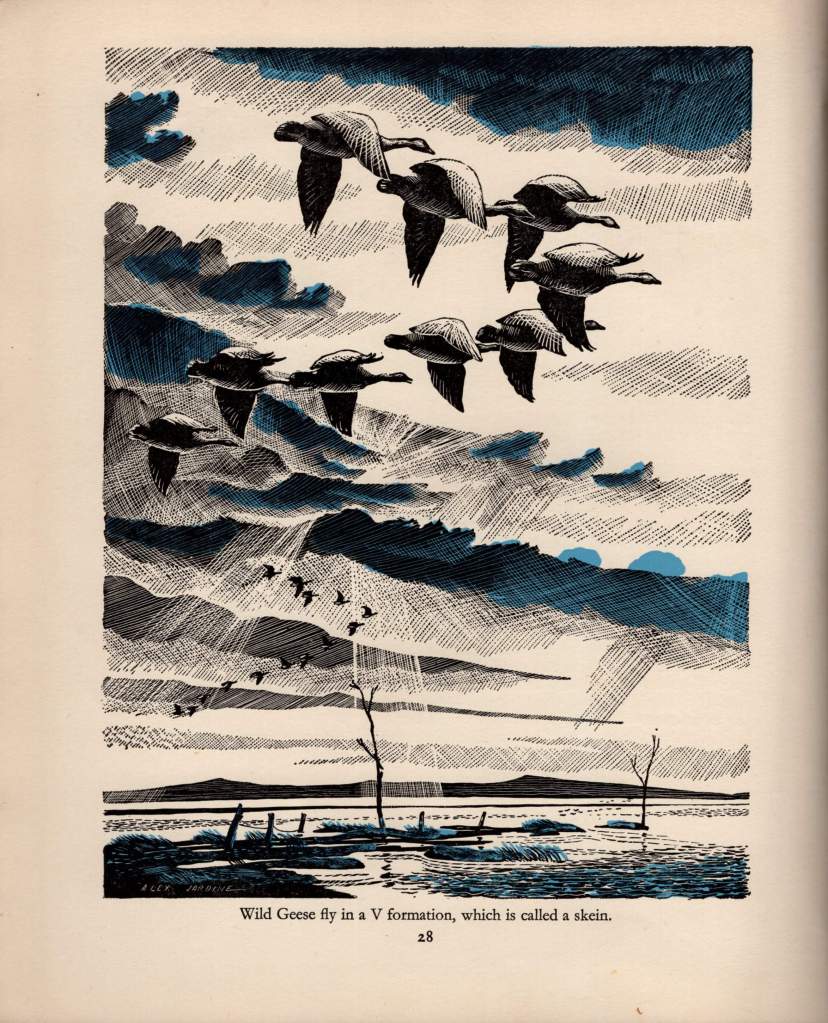

Interestingly, this is the only date I could find in this annual – 1948. So we can definitely say it was published after 1948!!
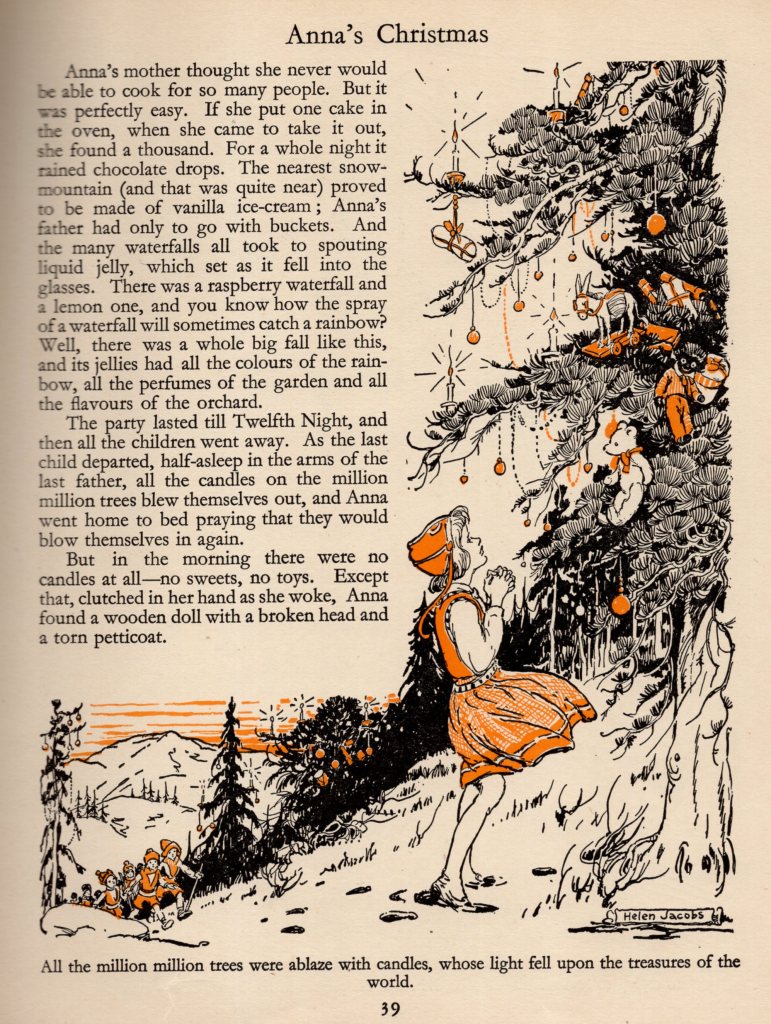
A lovely piece here by Helen Jacobs for the story “Anna’s Christmas”
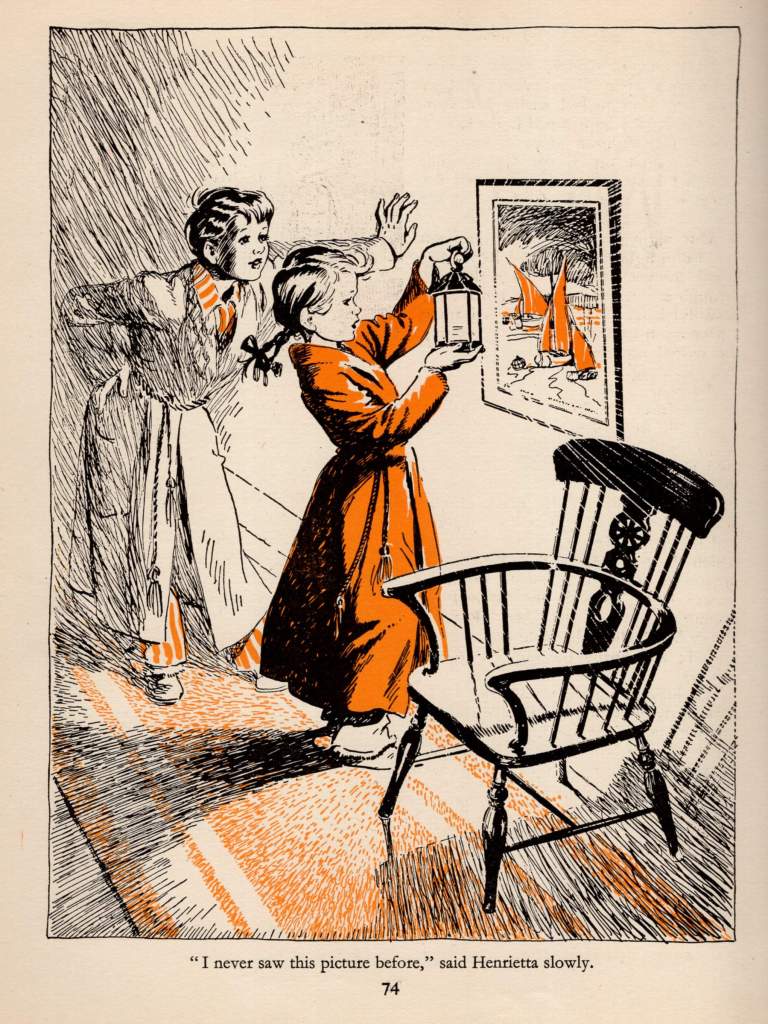
Here again I feel I should know who this artist is. The image accompanies “Lear Cottage” and a lovely focus on the picture – crucial to the story. But who drew it?
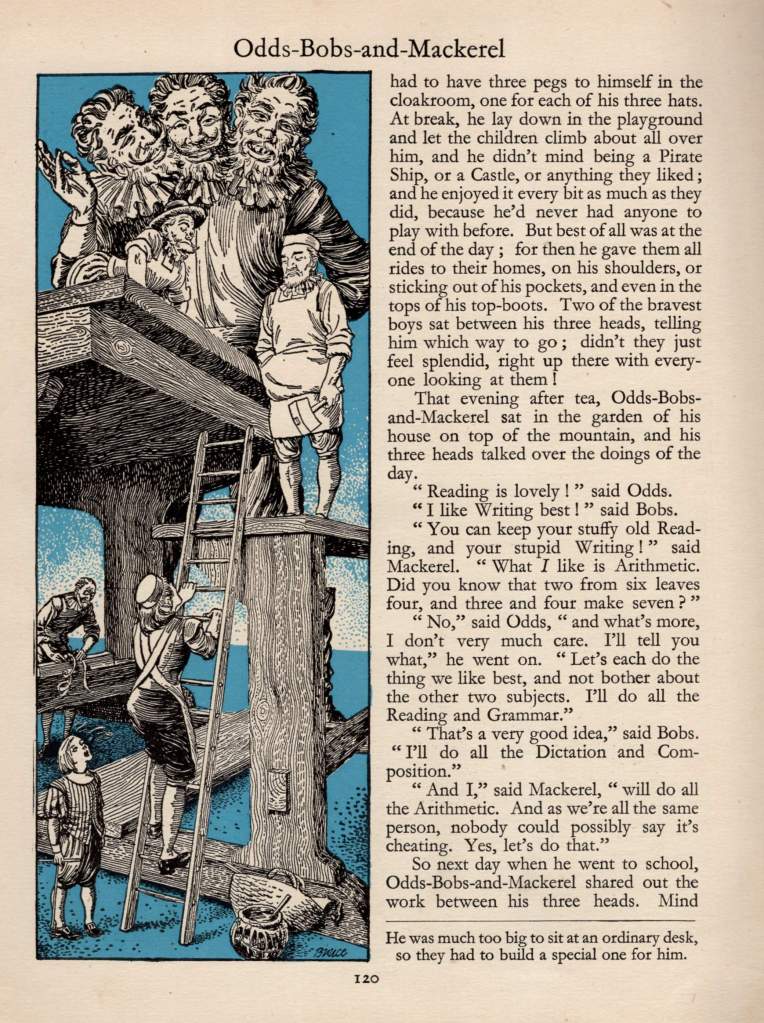
This last image shows our old Children’s Hour favourite Odds-Bobs-and-Mackerel. The artwork is very detailed and signed “Bruce”
